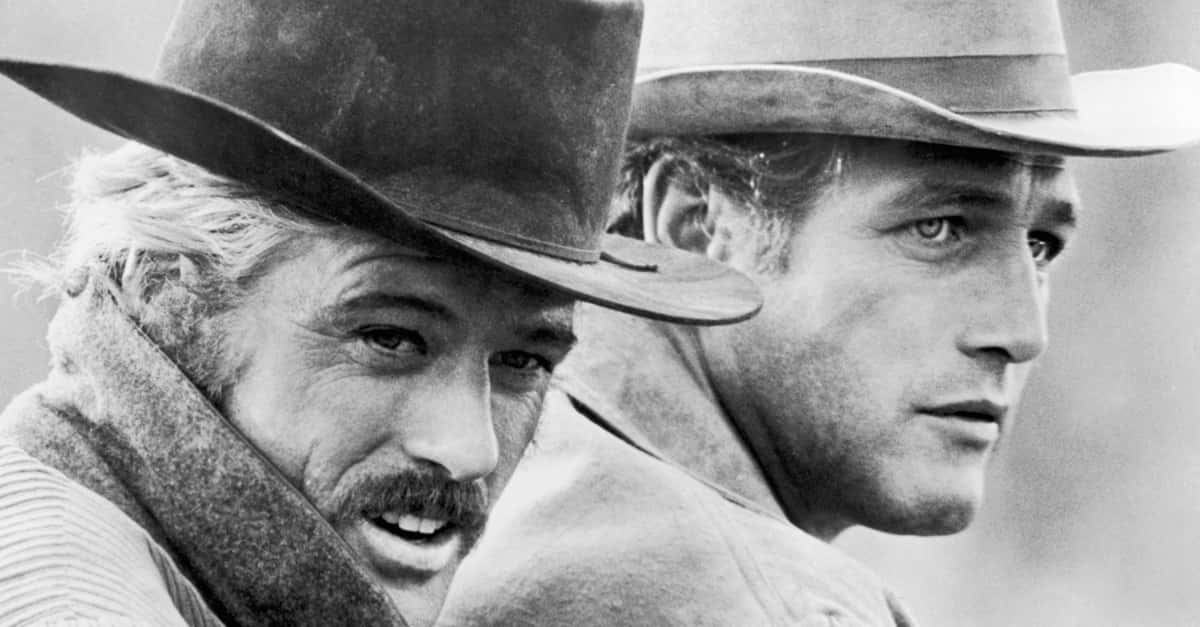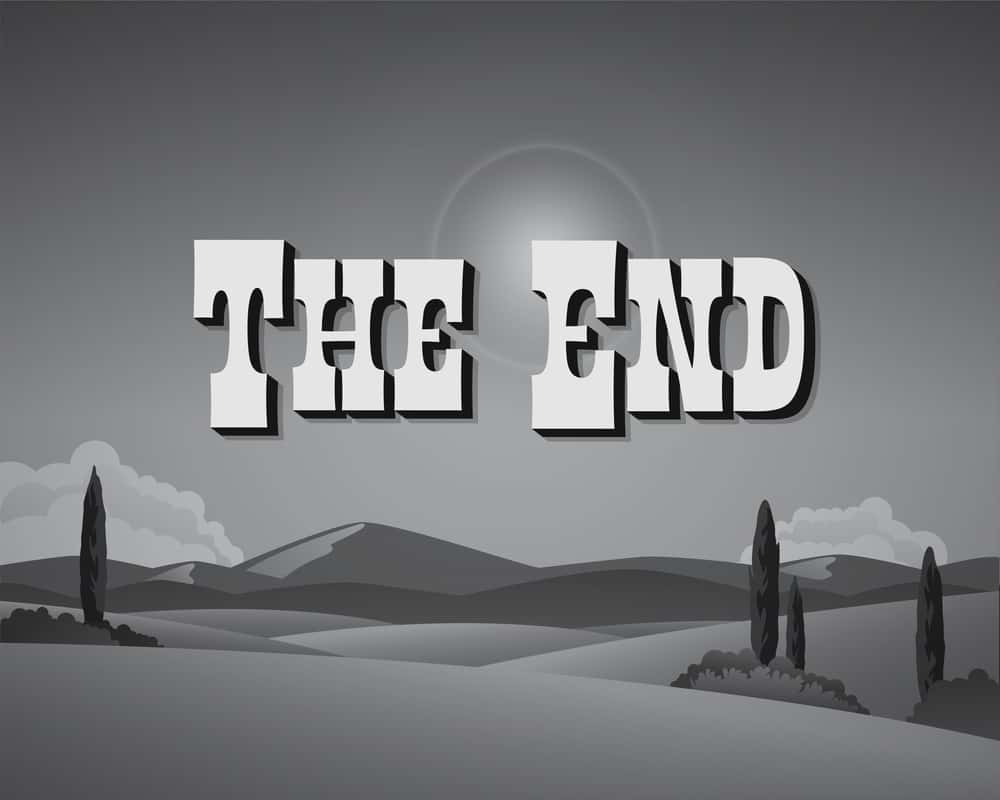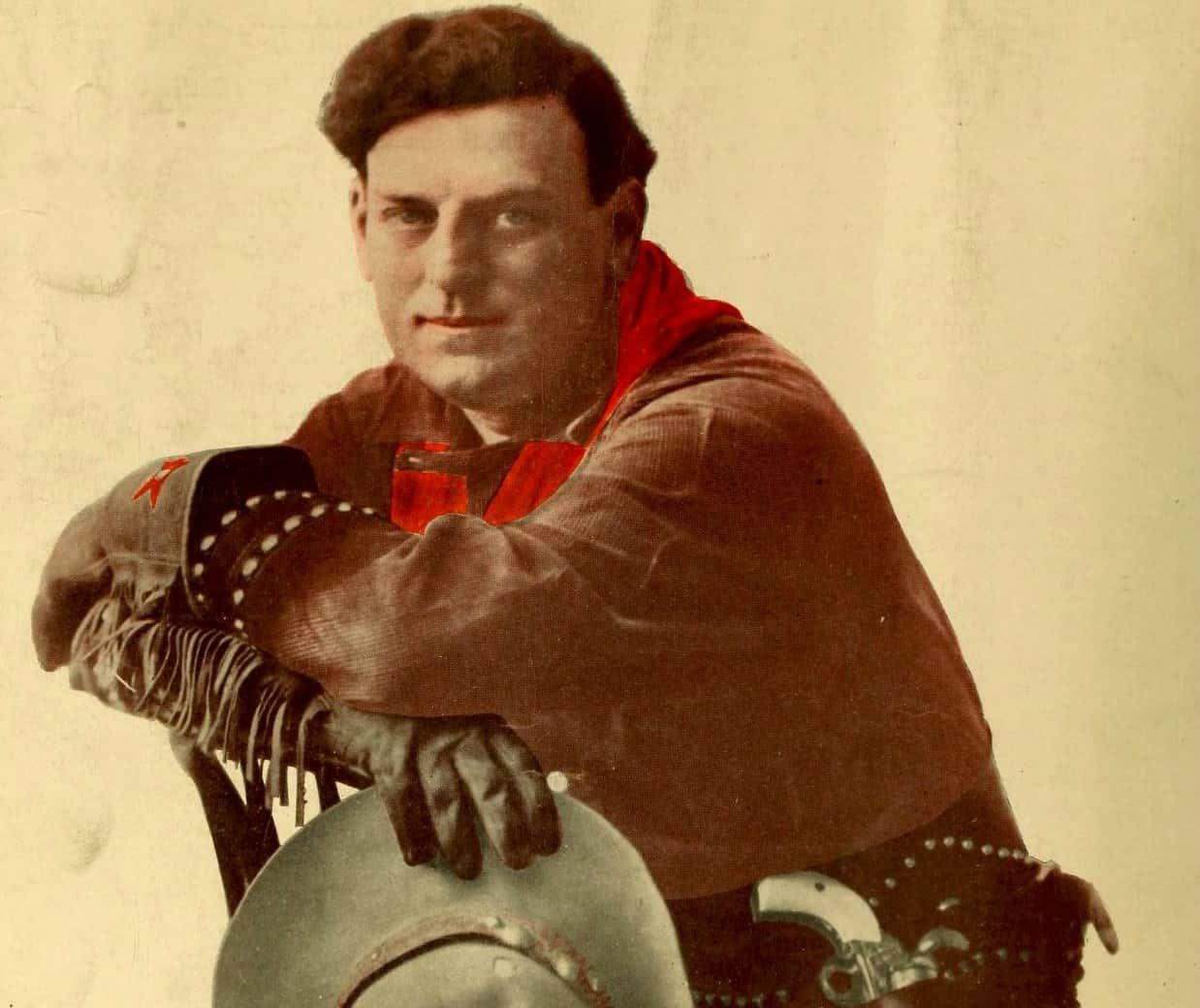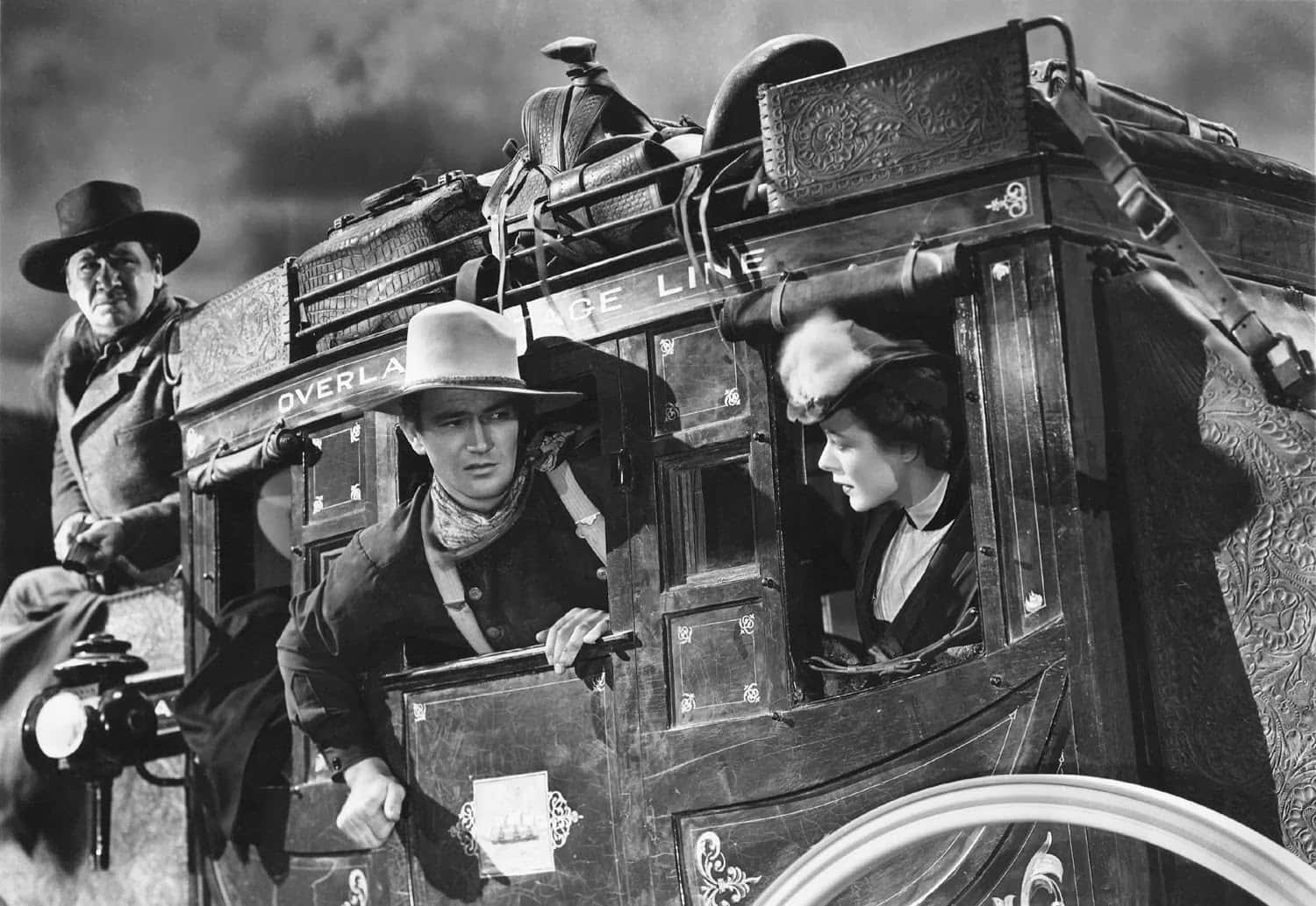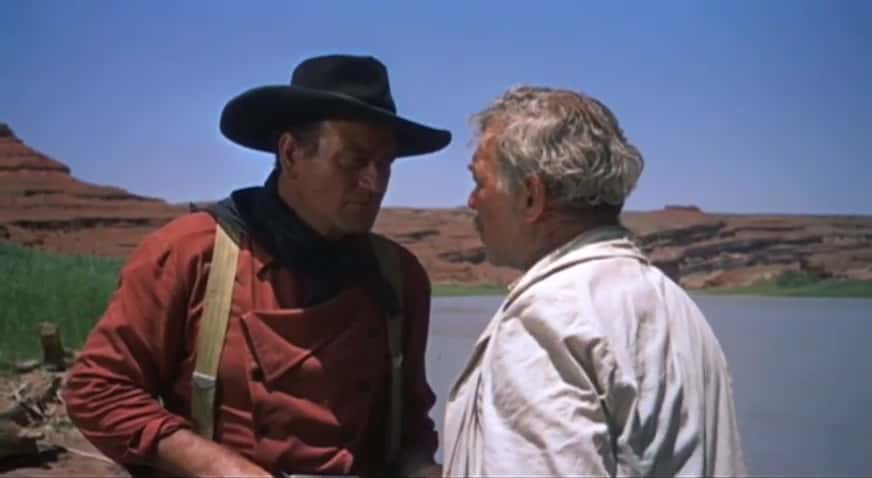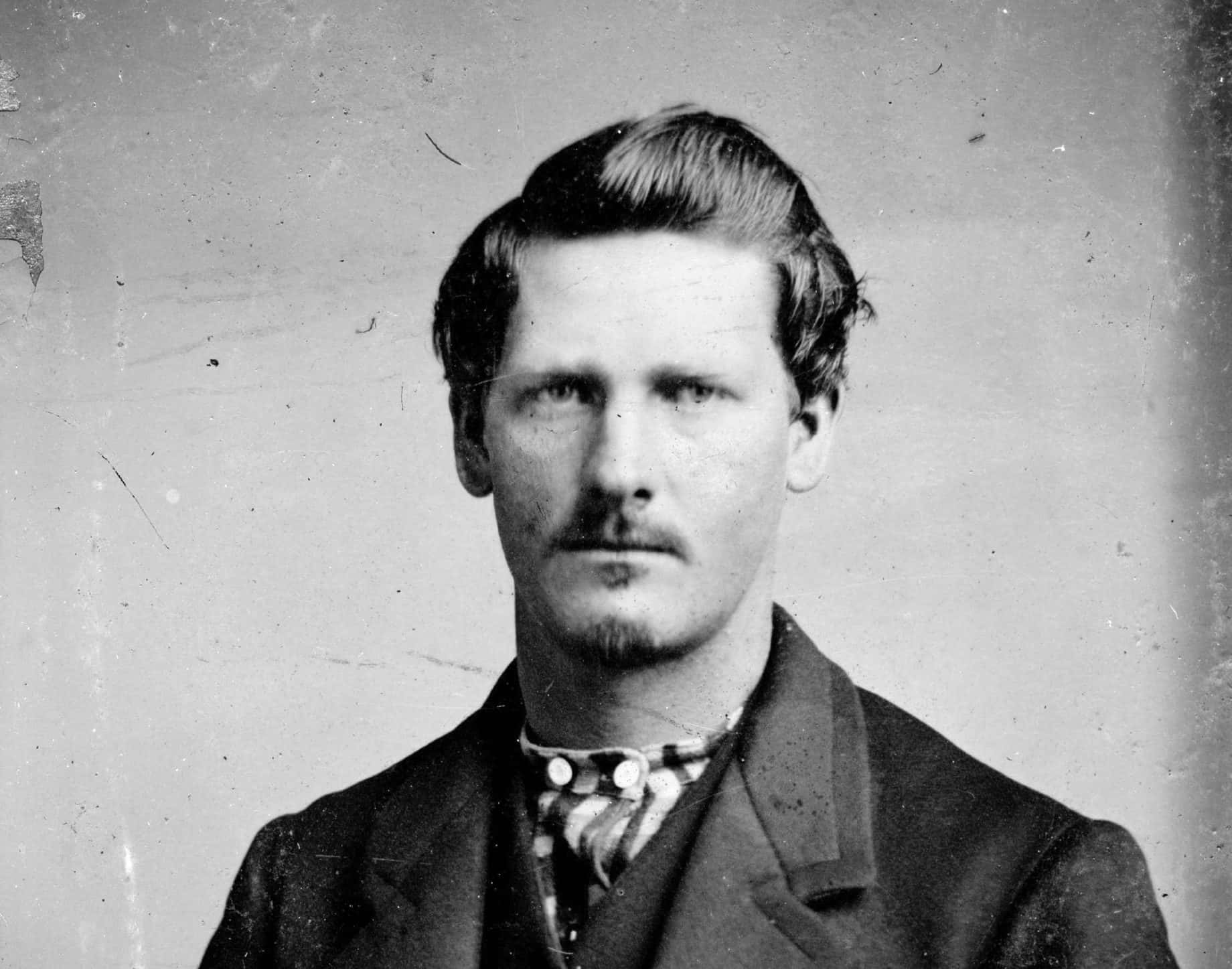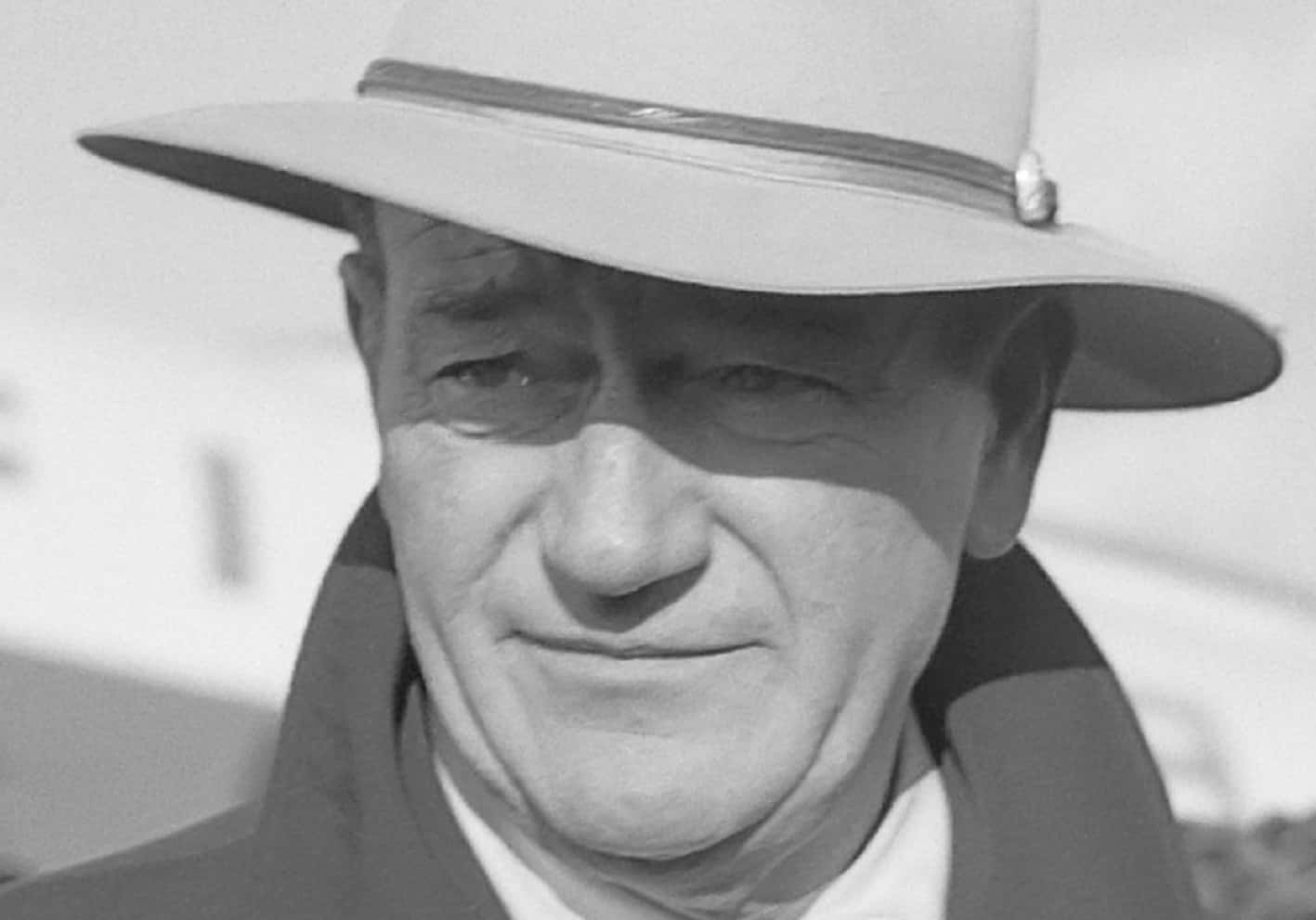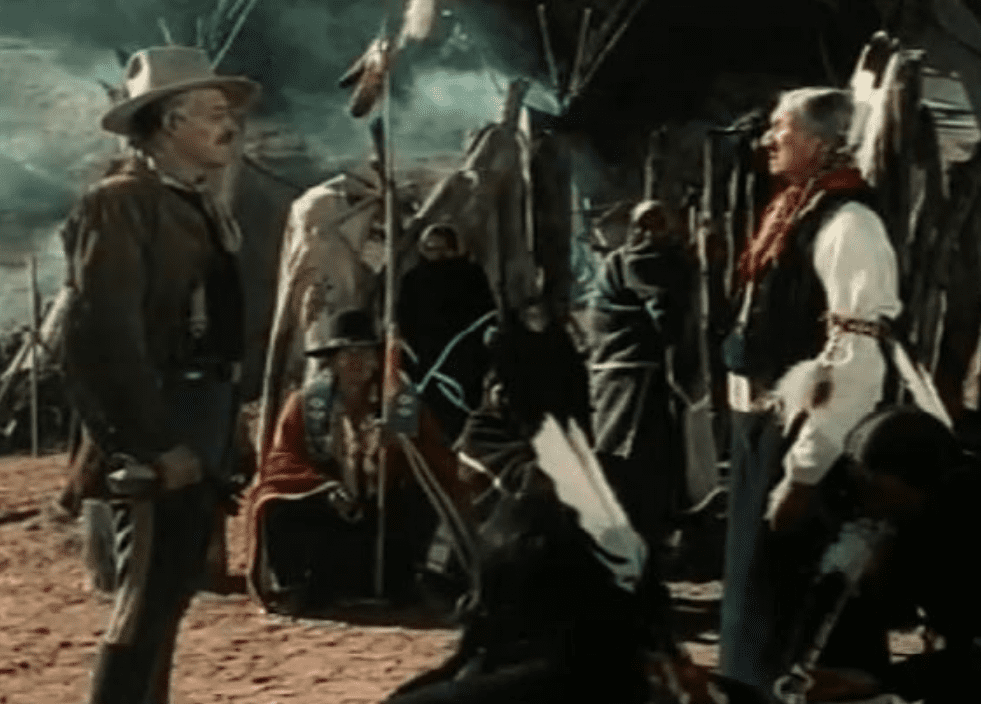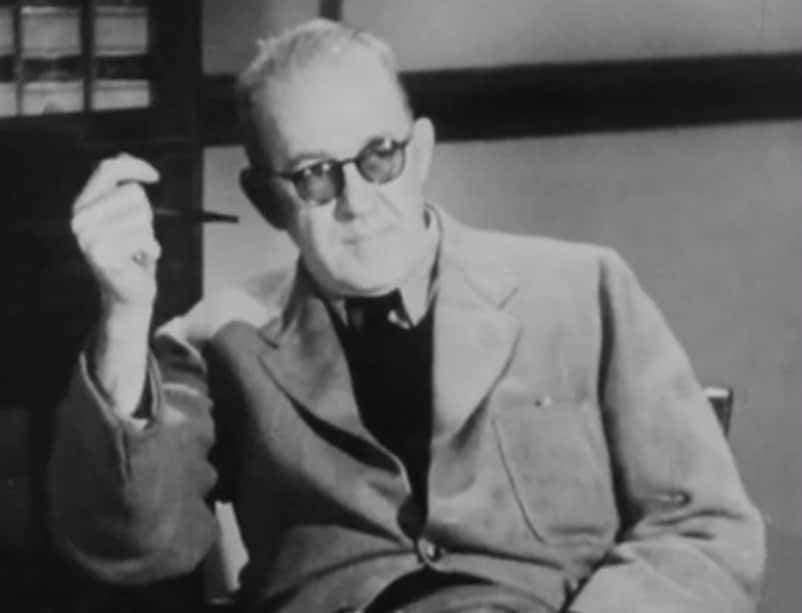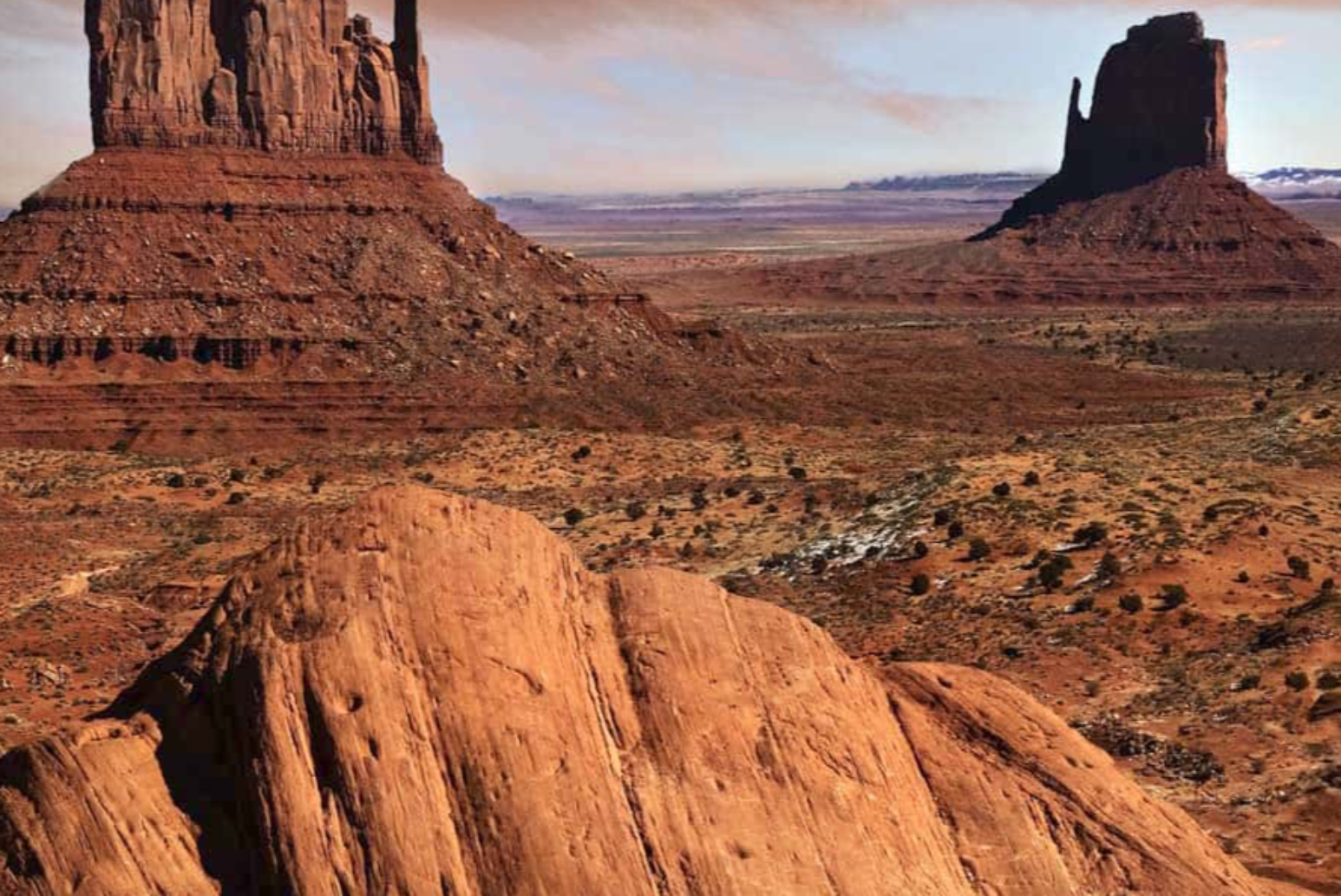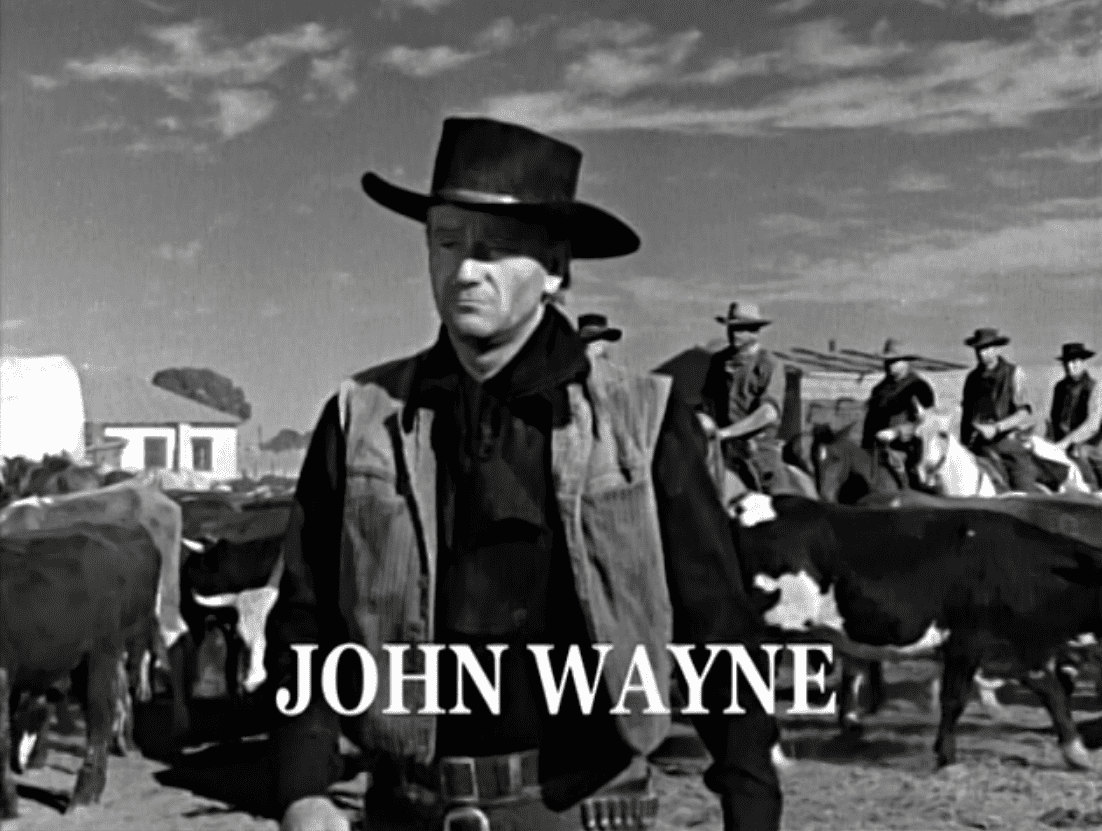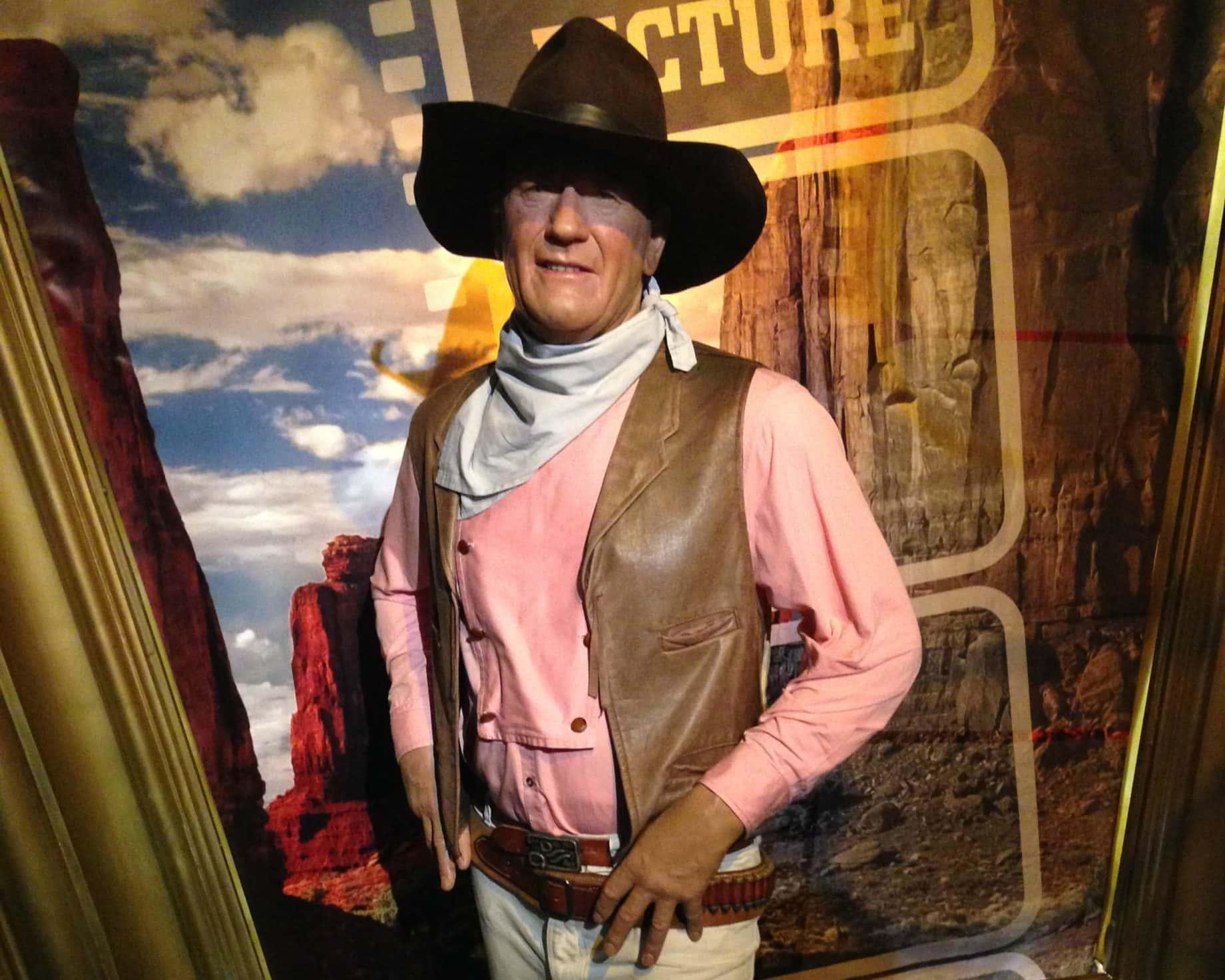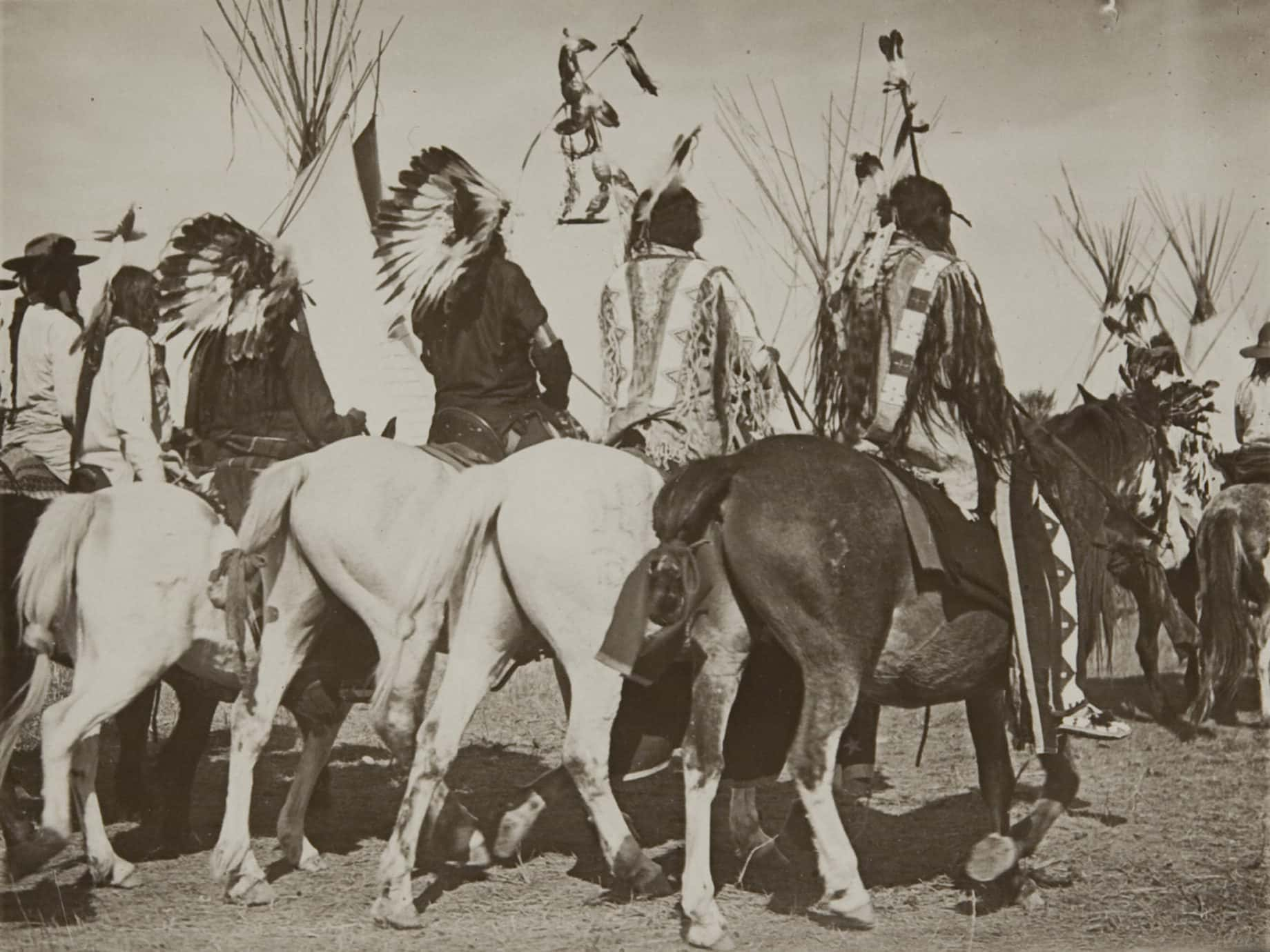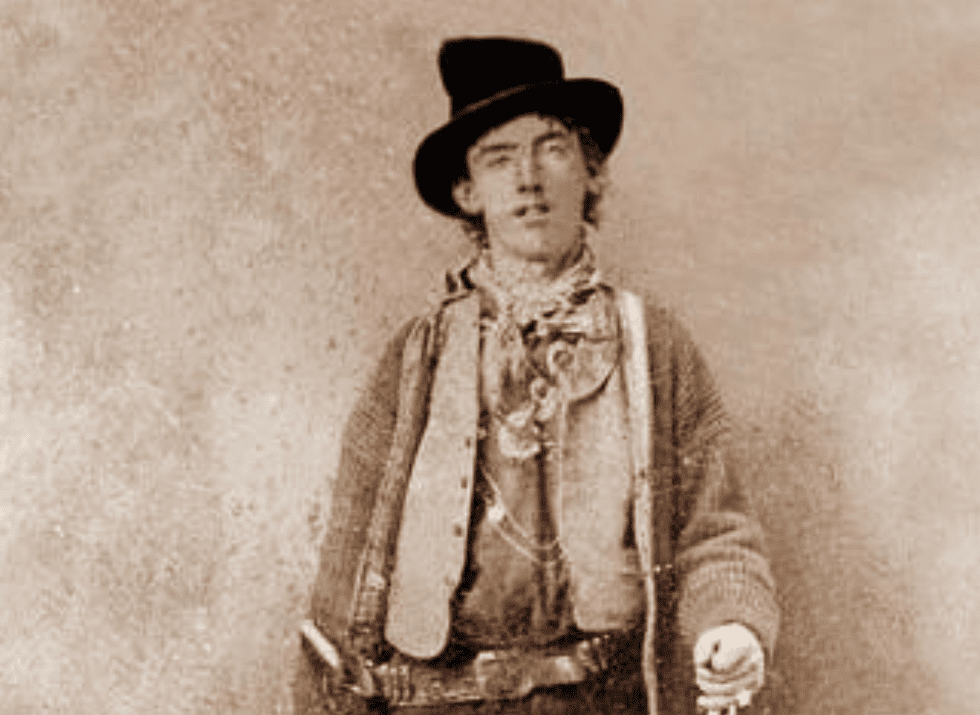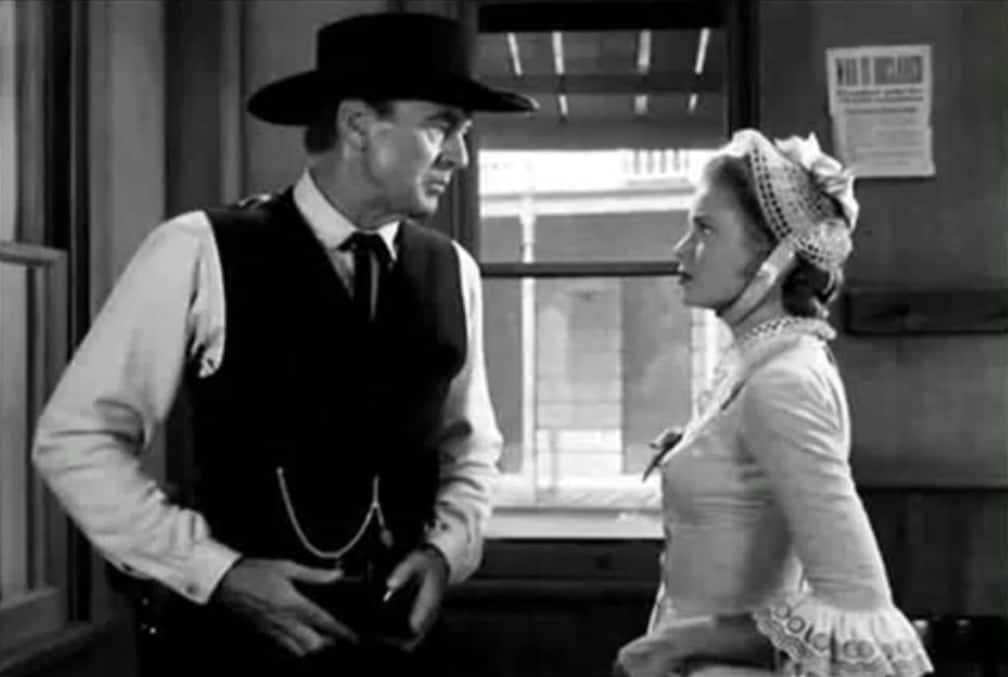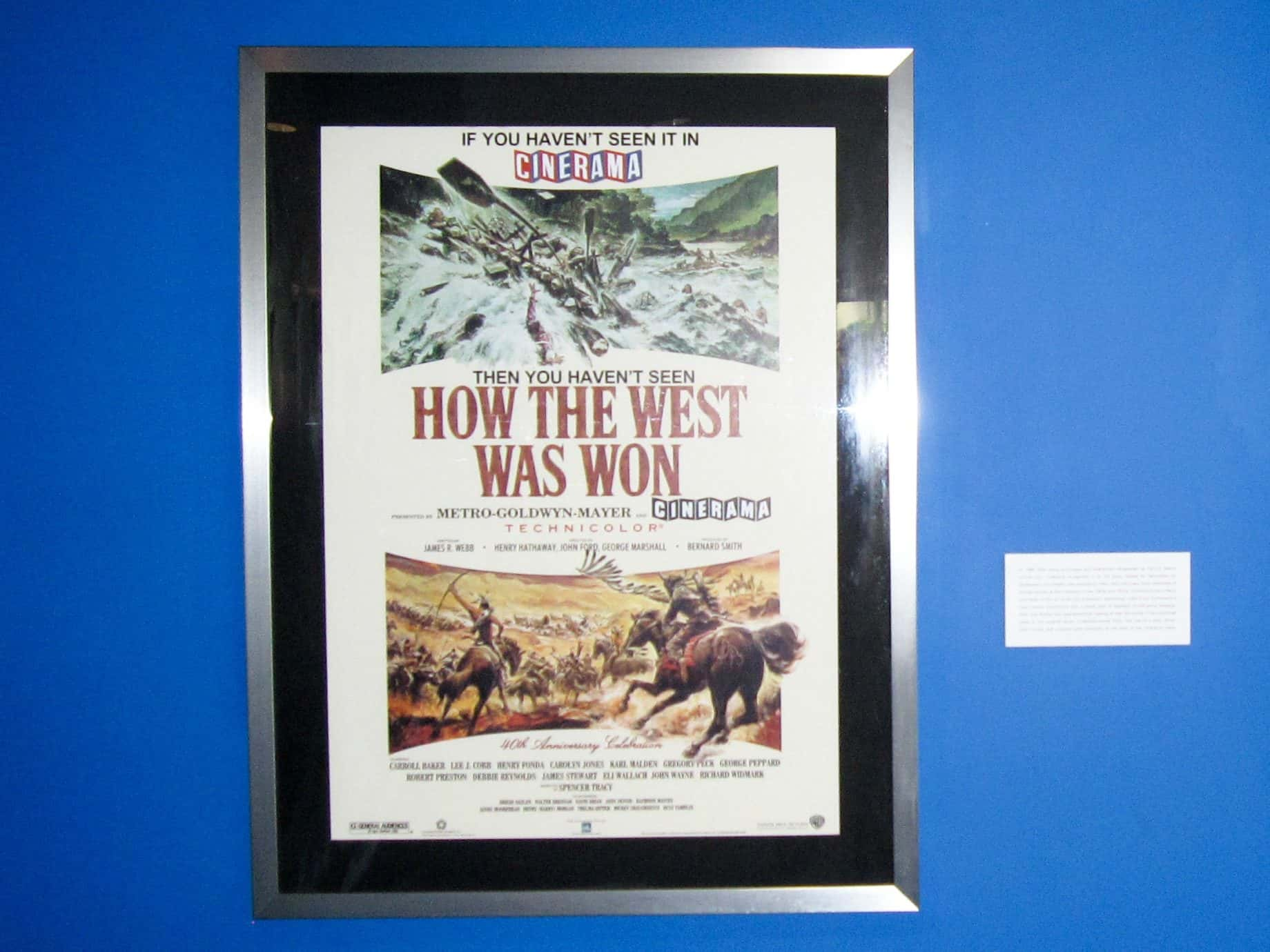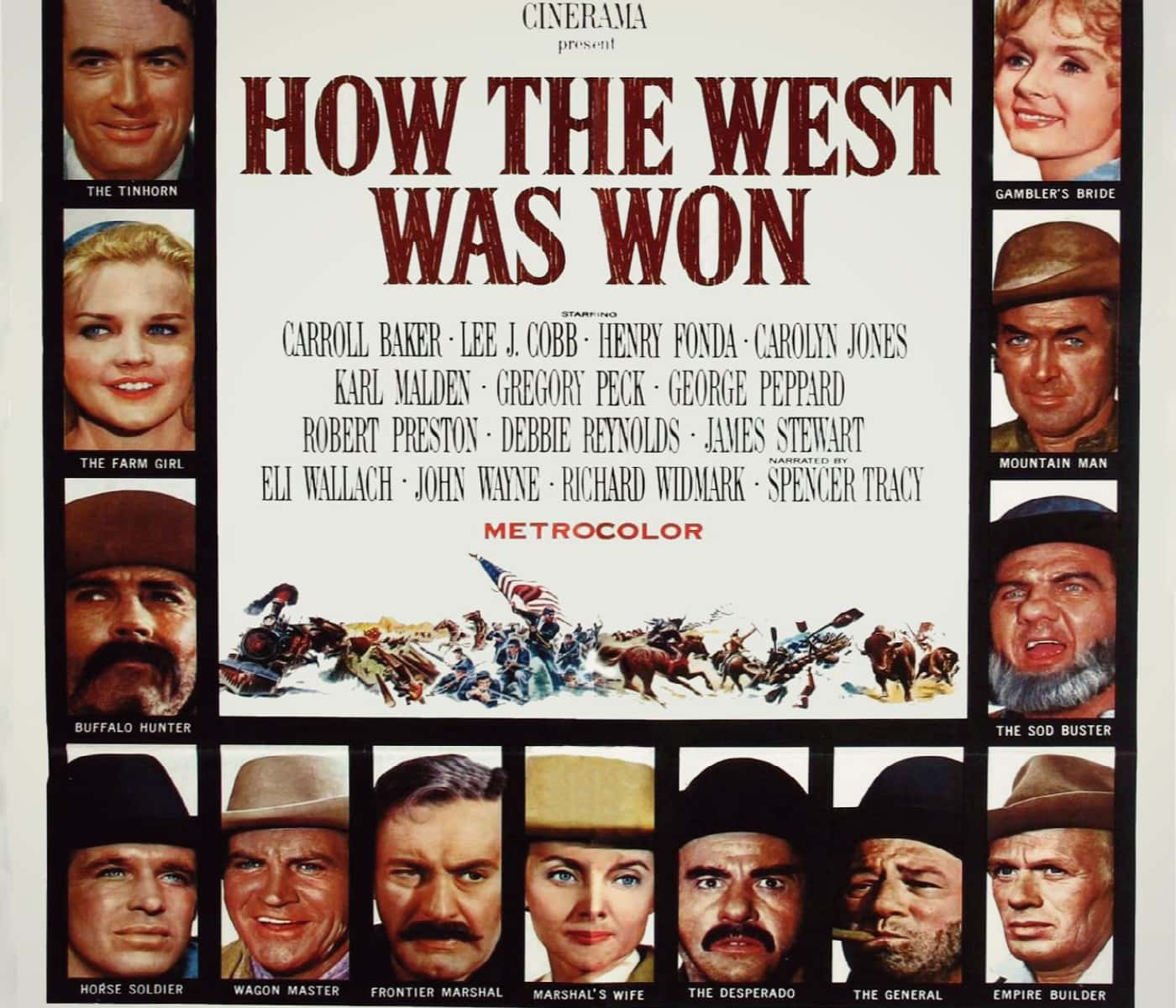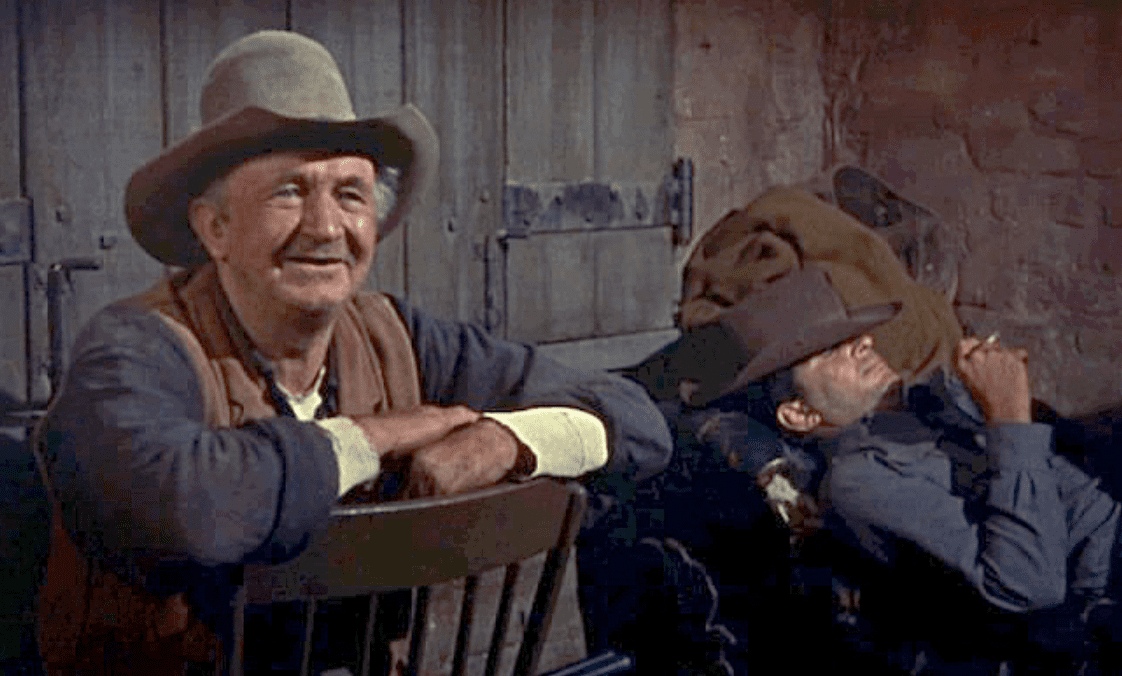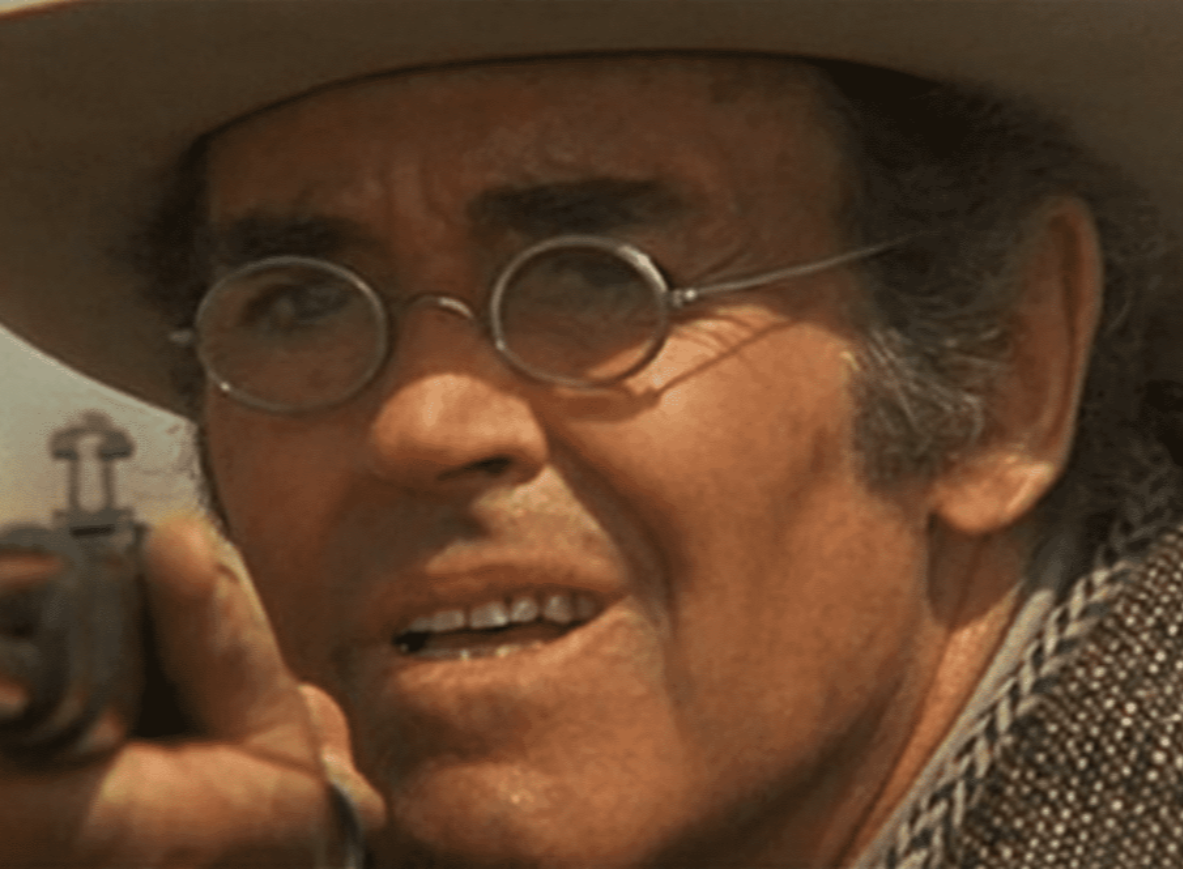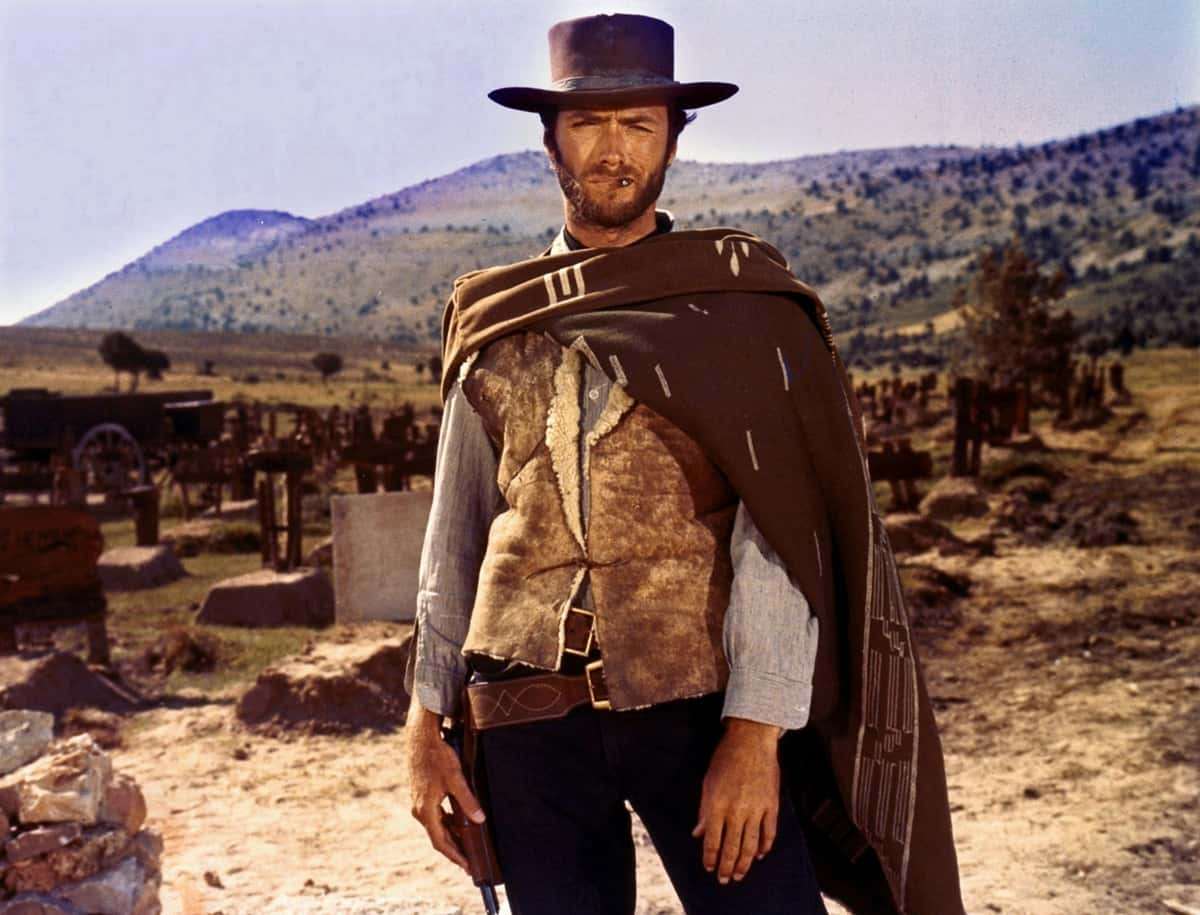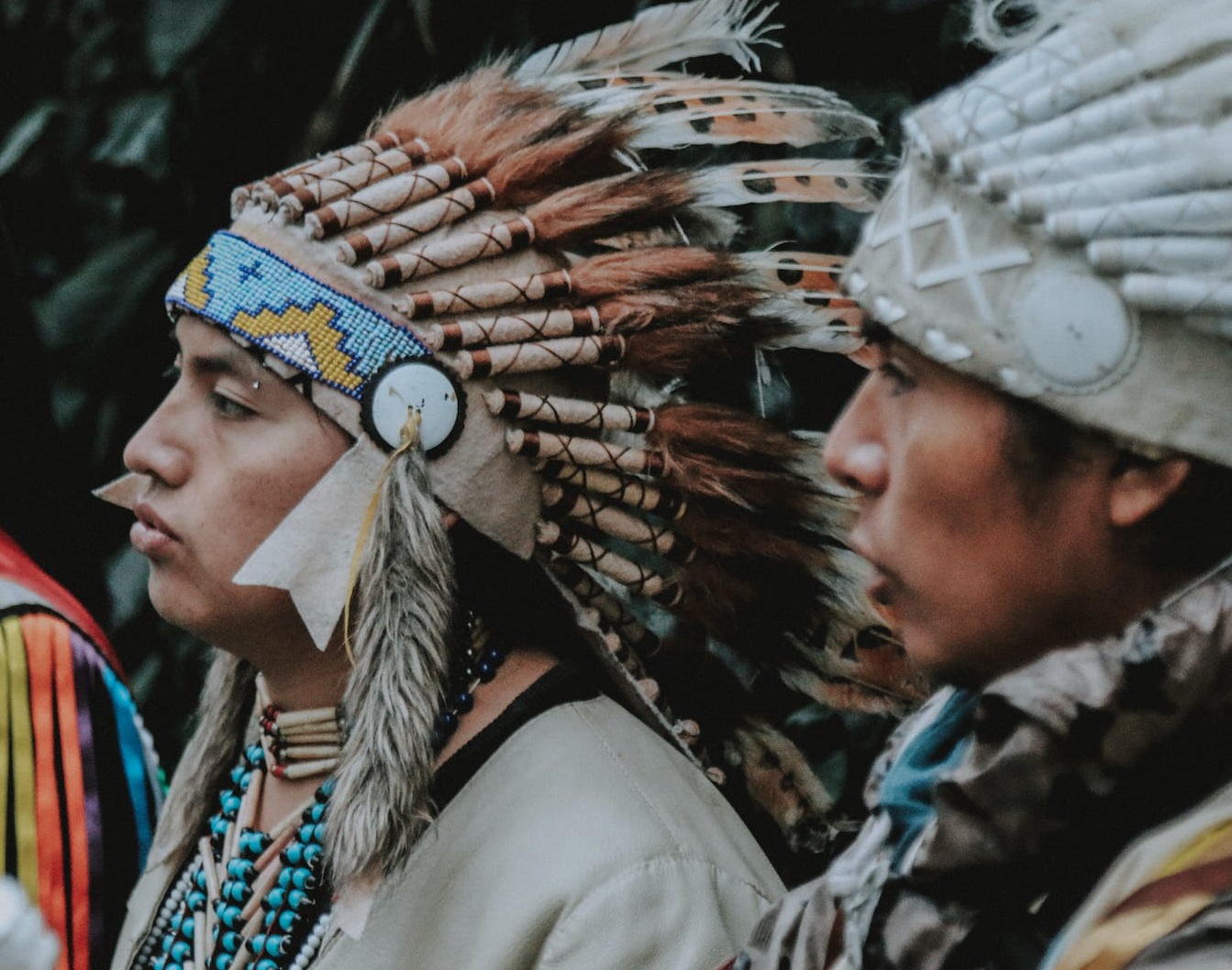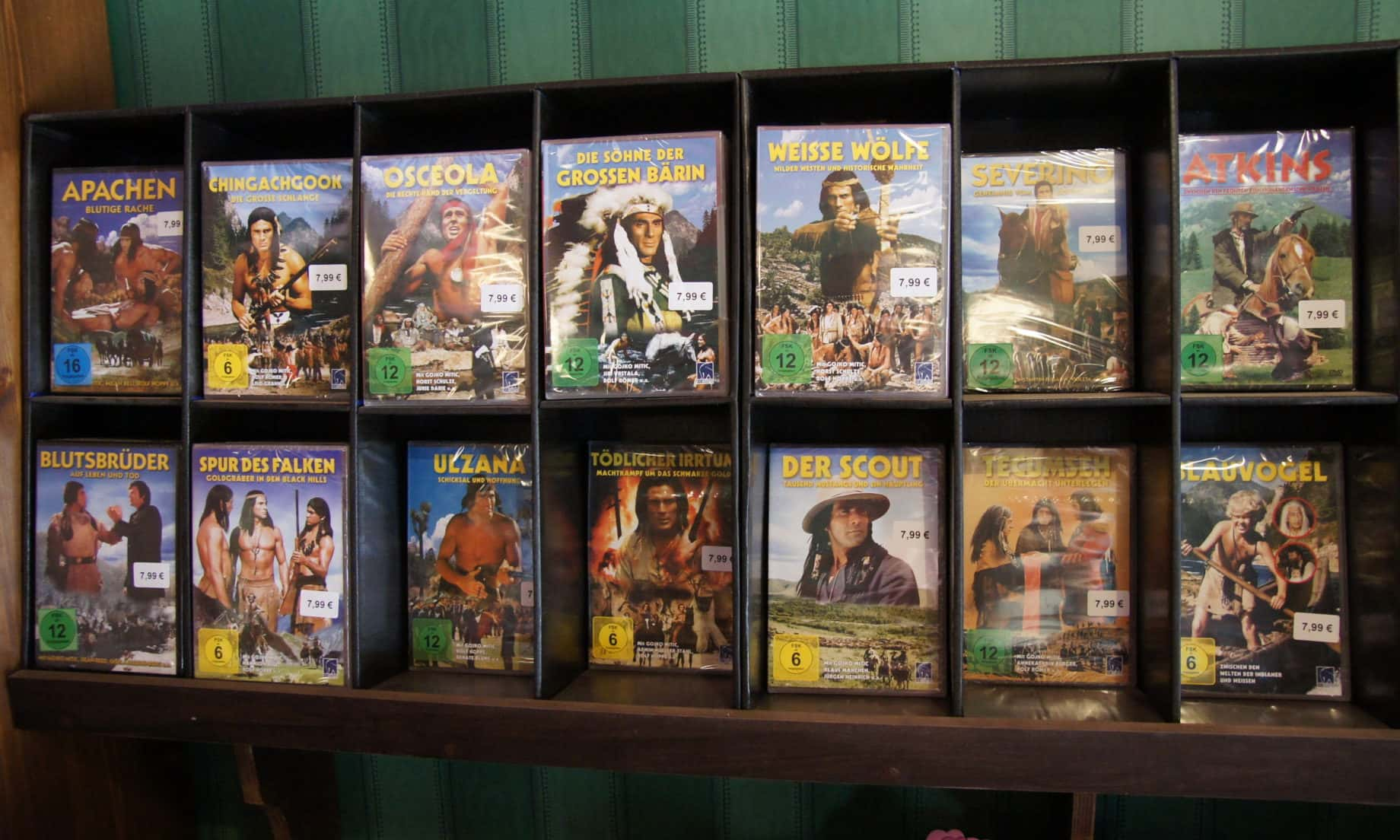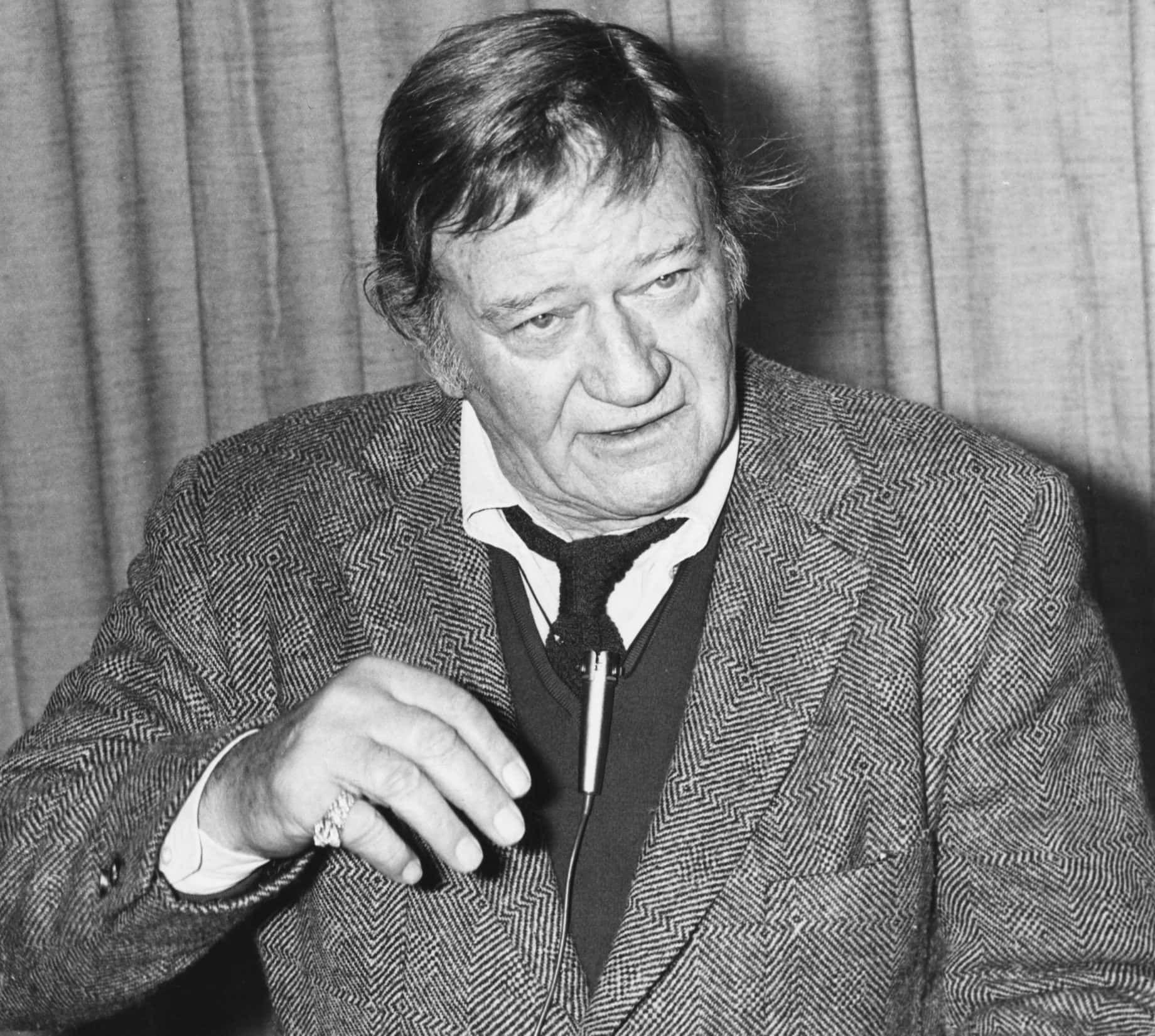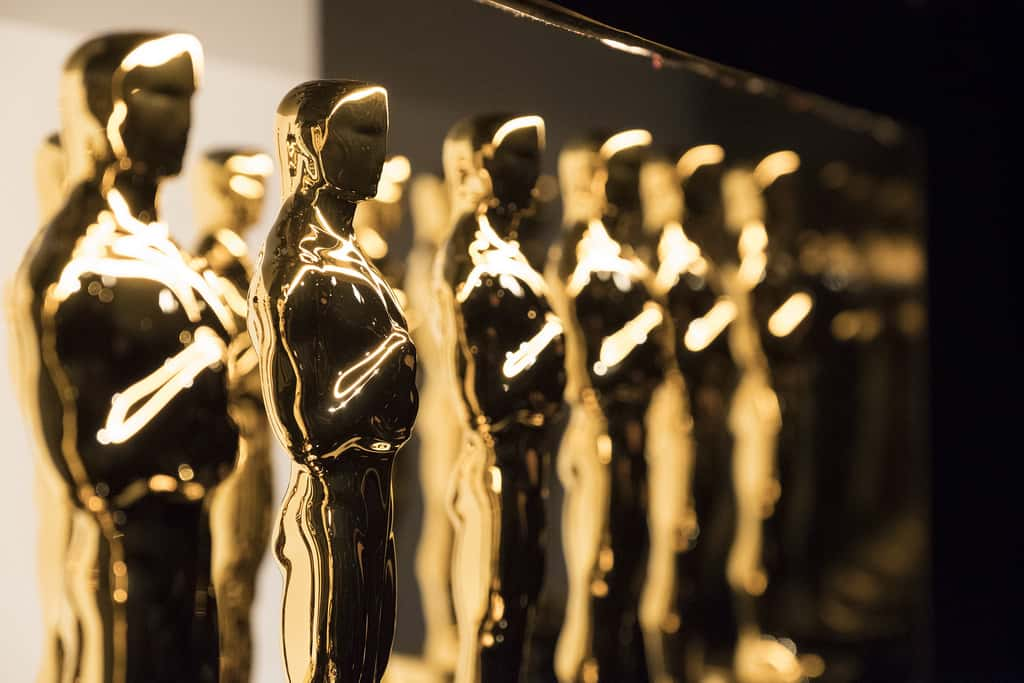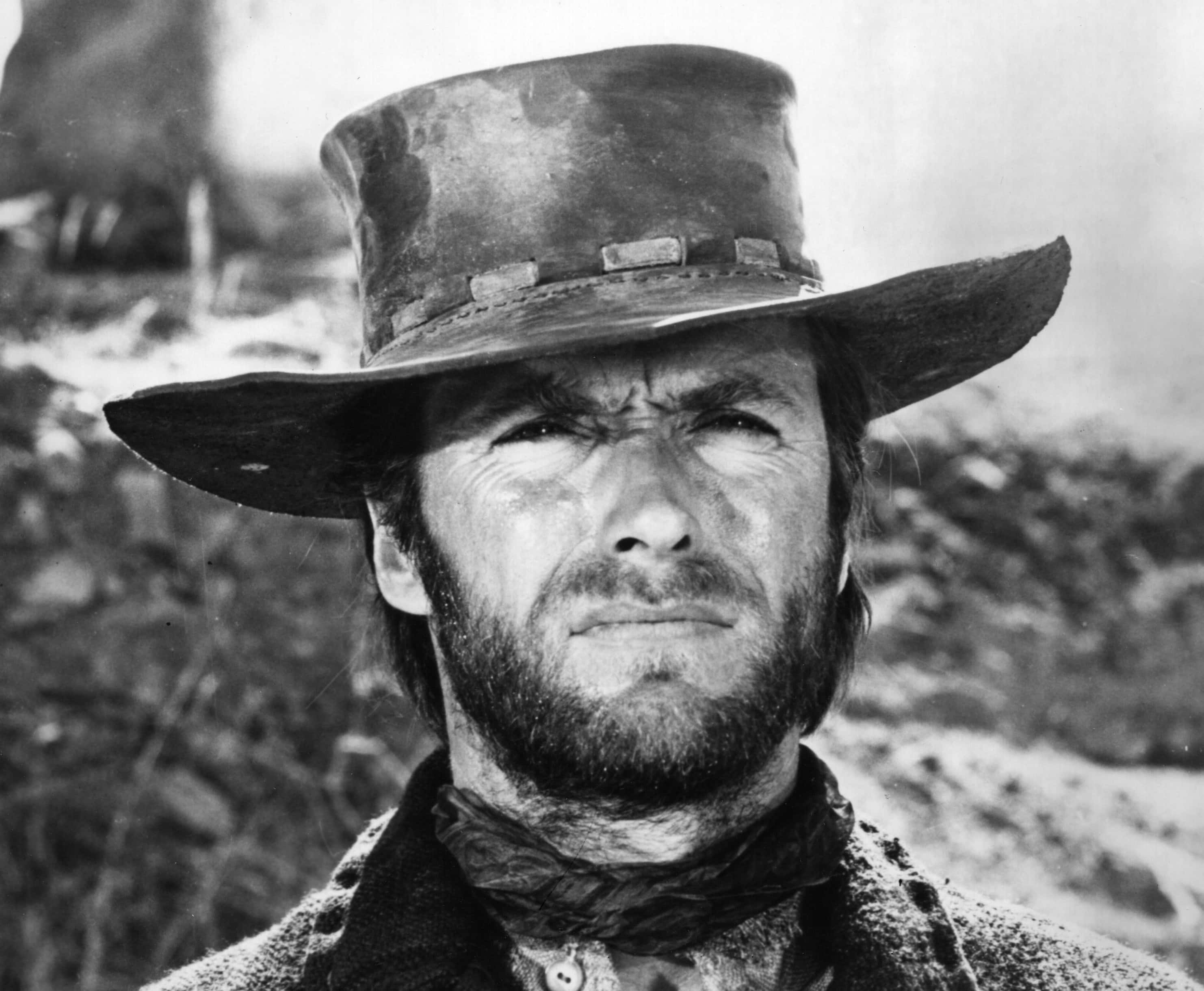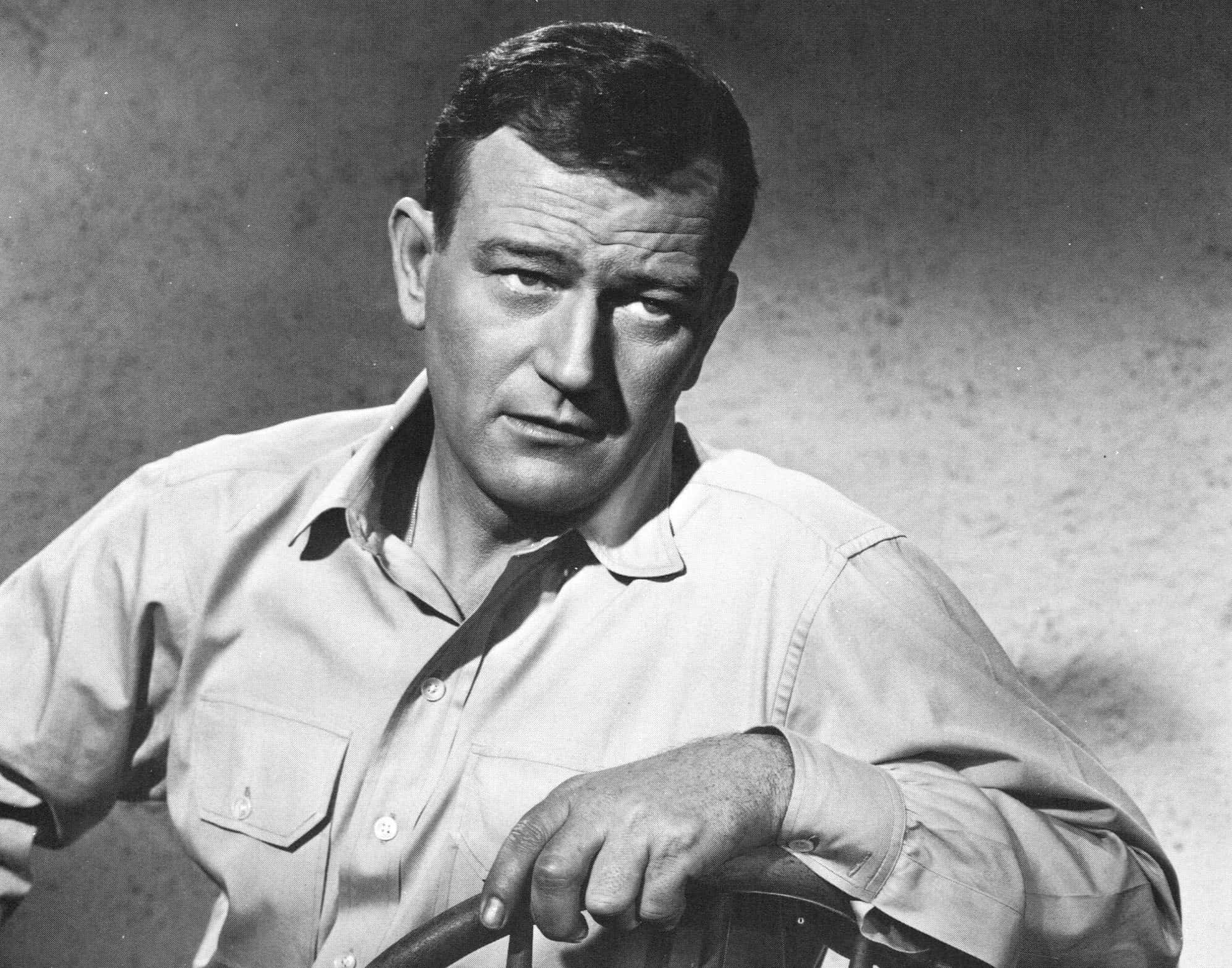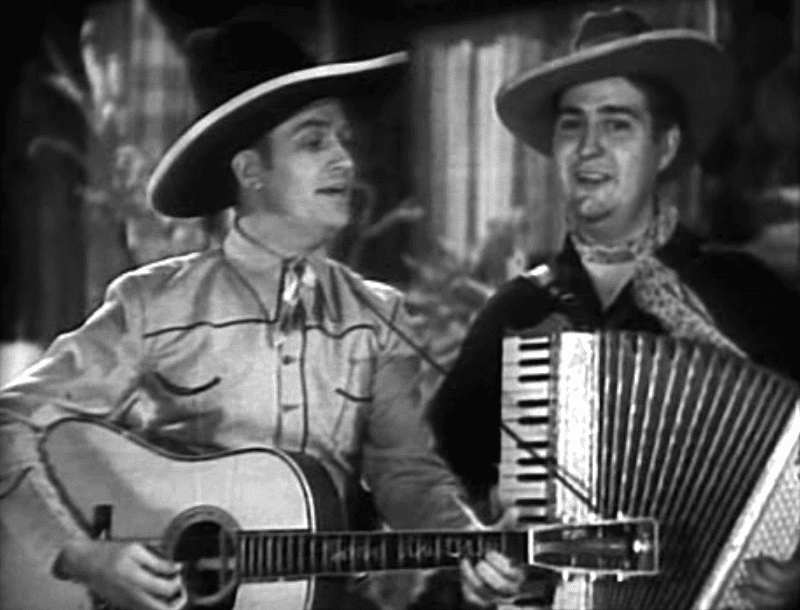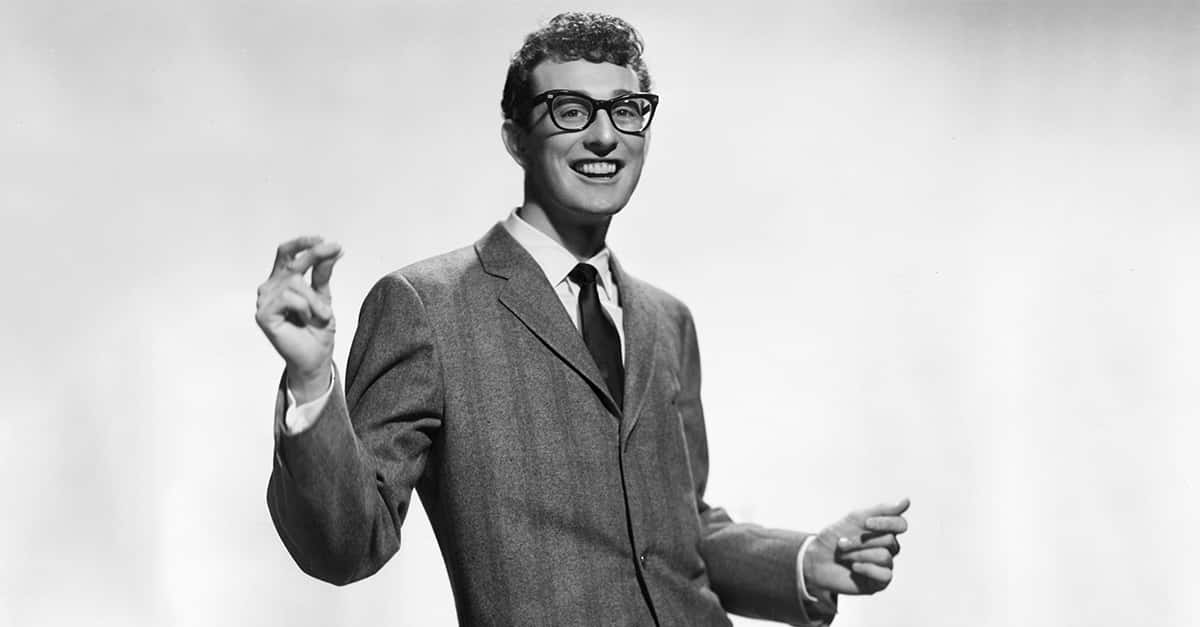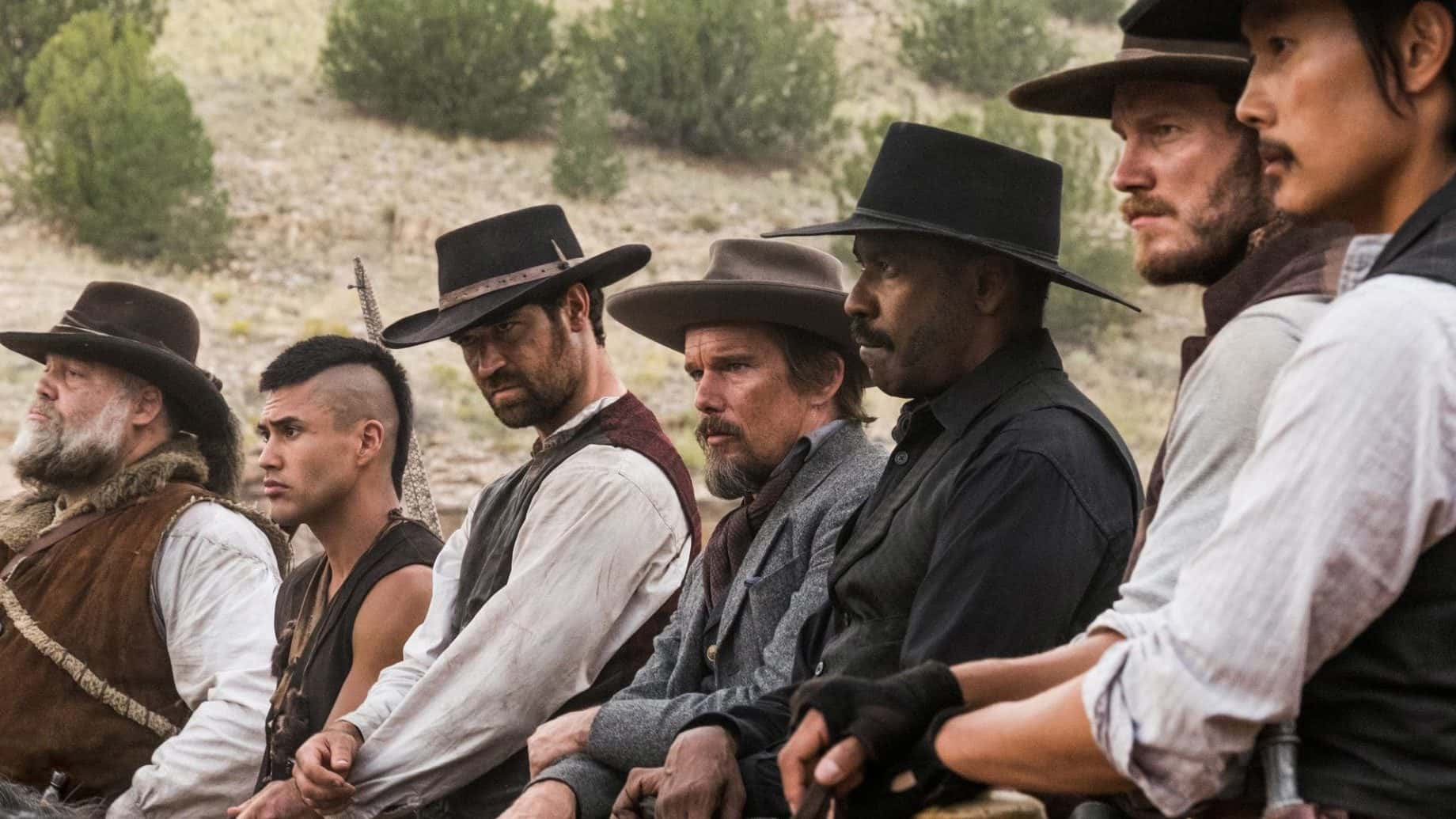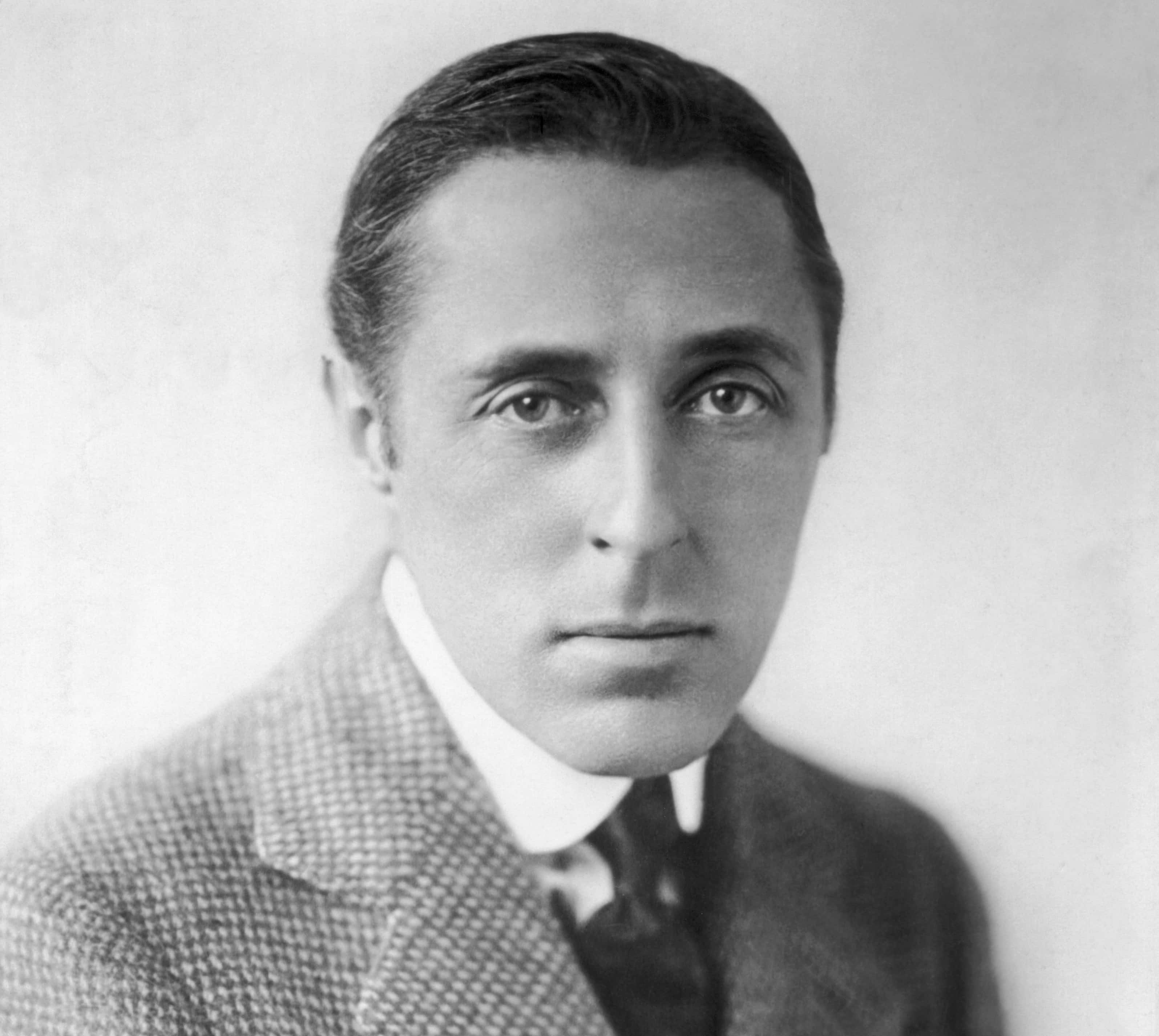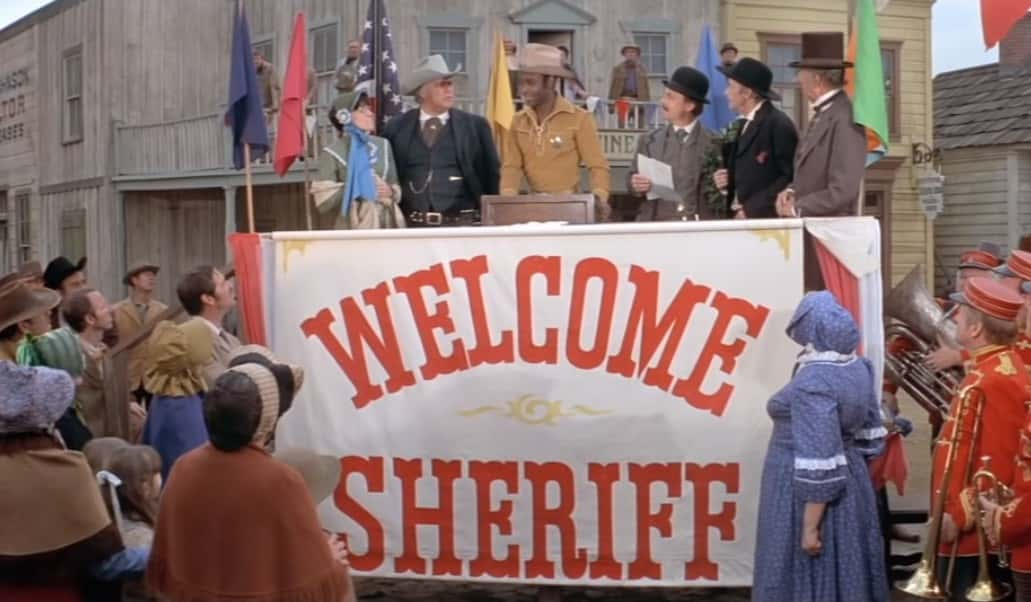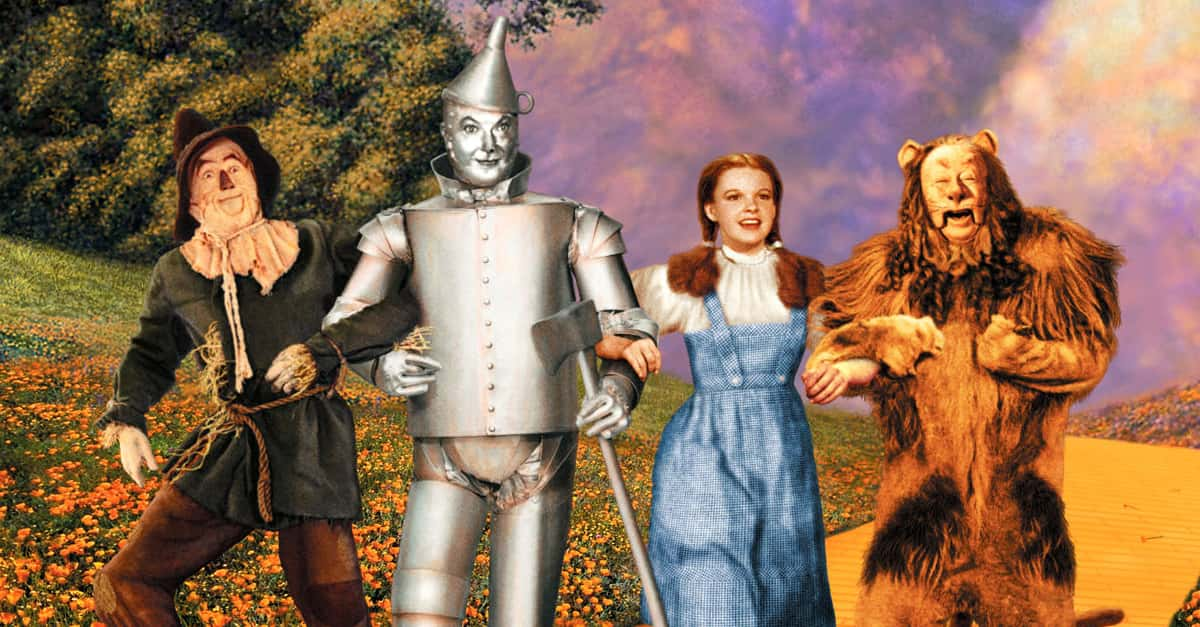For more than a century, audiences have flocked to theatres to watch the adventures of heroic horsemen like John Wayne and Clint Eastwood. The Western has a distinctly American aesthetic, but in the 21st century, far removed from the Old West, filmmakers from all over the world are using Western tropes to tell increasingly sophisticated tales of resilience, courage, and the difference between good, bad, and ugly. So saddle up pardner, because here are 42 straight-shootin’ facts about Westerns.
42. The Great Train Heist
The first Western was also one of the first movies ever to use modern film-making techniques. Clocking in at 12 minutes, The Great Train Heist tells the story of…well, of a great train heist, and may have been inspired by an actual train heist committed by Butch Cassidy just three years prior.
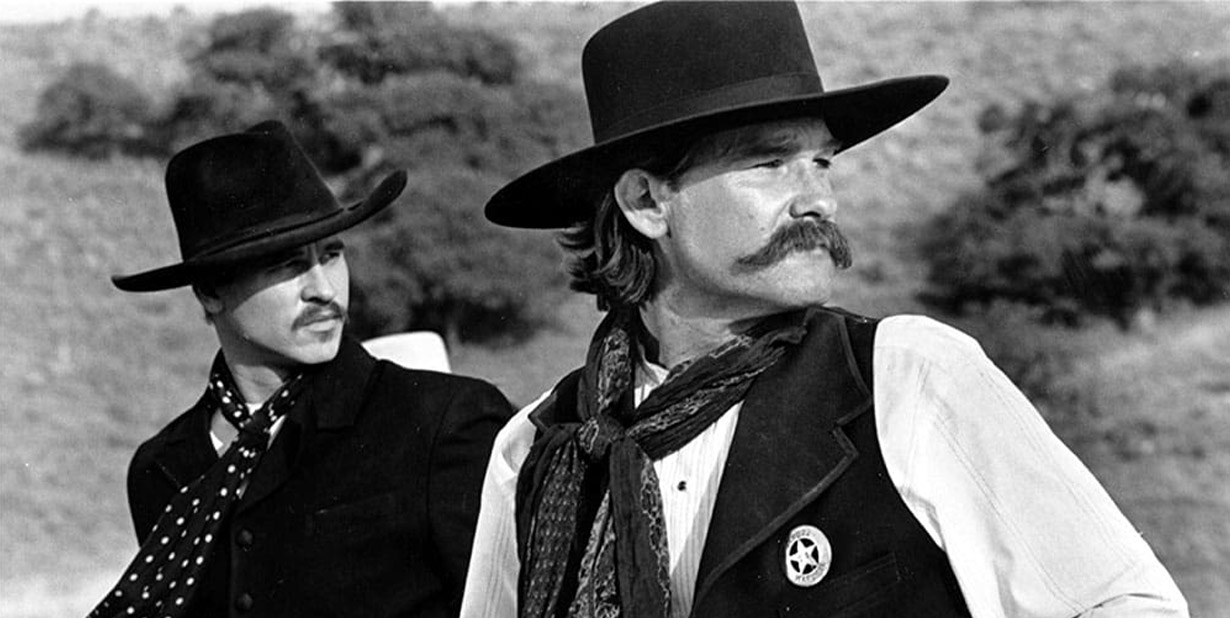
40. Cripple Creek Bar Room Scene
Even though The Great Train Heist was the first real movie, it was not the first time a Western scene was depicted on screen. In 1899, James White directed Cripple Creek Bar-Room Scene, a one-minute scene of a Colorado saloon which established many of the tropes of the Western genre.
39. Broncho Billy
The first big Western star was “Broncho” Billy Anderson. Broncho Billy played THREE roles in The Great Train Heist. From 1910 to 1919, he starred in more than 400 “Broncho Billy” serials with names like “Broncho Billy and the Baby” and “Broncho Billy’s Narrow Escape.”
38. 1939
1939 is considered one of the best years in film history–that was the year of Gone with the Wind, Mr. Smith Goes to Washington and The Wizard of Oz. It was also a particularly good year for Westerns, with studios granting more and more of their budget to Western movies. 1939 saw the release of Union Pacific, Jesse James, and perhaps the first great Western film, Stagecoach.
37. Stagecoach
Stagecoach was an important film for several reasons. Not only was it one of the most expensive Westerns made to that point, it was also a breakthrough role for John Wayne. Stagecoach was also iconic Western director John Ford’s first sound film.
36. Back in the Stagecoach Again
Stagecoach was remade as a TV movie in 1986. It starred Johnny Cash, Willie Nelson, and Kris Kristofferson.
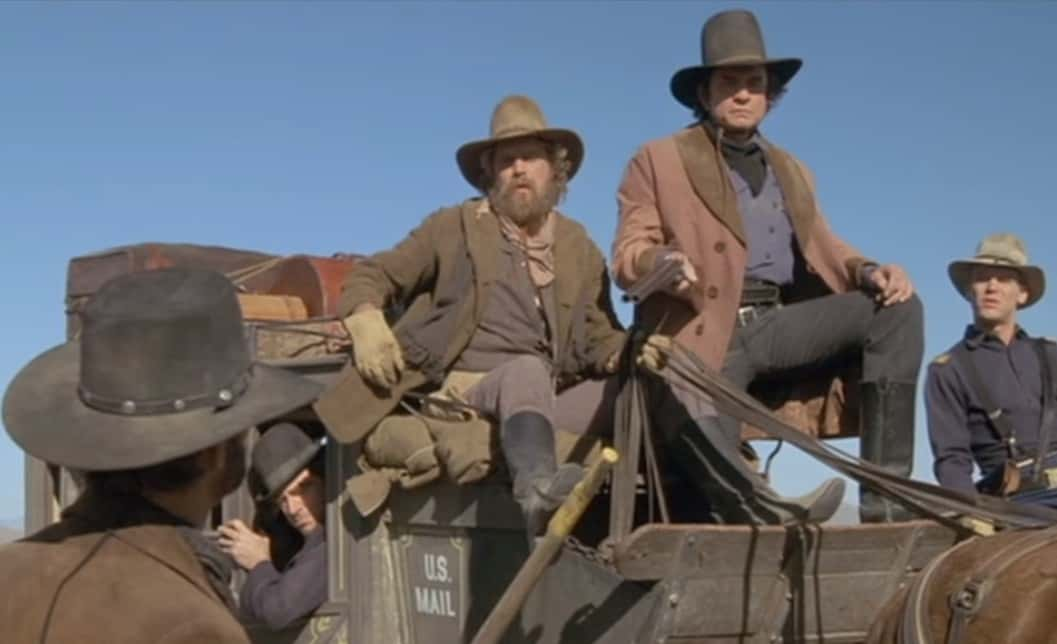 Stagecoach (1986), Heritage Entertainment Inc.
Stagecoach (1986), Heritage Entertainment Inc.
35. A Lifelong Collaboration
Stagecoach marked the first time John Ford directed John Wayne in a starring role. Wayne and Ford would collaborate for the next 25 years, making nearly 25 films, including Fort Apache, The Searchers, and How the West Was Won.
34. The Duke
John Wayne’s real name was Marion Mitchell Morrison. In need of something a little tougher, he was billed in his first movie as “Duke” Morrison. "John Wayne" was later selected for him by the head of Fox Studios. Wayne had no say in what his name would be, but hey, most people don’t.
33. Wyatt Earp
Wayne owed his film persona to Wild West legend Wyatt Earp. Wayne claimed to have been introduced to Earp by cowboy movie star Tom Mix who, like John Ford, was a close friend of the legendary lawman.

History's most fascinating stories and darkest secrets, delivered to your inbox daily.
32. Yakima
Wayne also drew his persona from Yakima Canutt, a rodeo rider and Hollywood stuntman. Wayne learned horsemanship from Canutt, and together the two invented the standard form of screen fighting that actors still use today.
31. Rising Stock
Wayne was part of what was called the "John Ford Stock Company," the crew of actors Ford regularly used for his Westerns. The group included Henry Fonda, Harry Carey (the actor, not the Cubs' announcer), and Wayne’s best friend, Ward Bond. Some members of the company made as many as 40 films with Ford.
30. Right on the Money
A lesser-known member of Ford’s company was Chief John Big Tree. A member of the Seneca nation, Big Tree claimed to have been the model for the “Indian Head” nickel.
29. Everybody’s a Critic
John Ford won six Academy Awards over the course of his career, including four for Best Director. None of them were for Westerns.
28. Monument Valley
John Ford loved filming in Monument Valley, Utah; he filmed seven of his most successful movies there, including Stagecoach and The Searchers.
27. Red River
In 1948, John Wayne starred in Red River. This time, Wayne worked with director Howard Hawks instead of his frequent collaborator John Ford. After seeing Wayne’s performance, Ford remarked “I never knew that big son-of-a-b**** could act!”
26. Buckle Up
When Red River finished filmin, Hawks gave Wayne a belt buckle with the logo of the Red River D (the cattle brand of the ranch from the movie). Wayne can be seen wearing the buckle in his later movies, including El Dorado.
25. Hollywood Indians
Frequently, Native Americans were deployed as the antagonists in Westerns. Needless to say, the lives and cultures of Native Americans were seldom depicted accurately–anachronisms abound, and cultures and languages were often mixed in a senseless hodgepodge. Worse, the important roles almost never went to actual Native Americans. Burt Lancaster, Charles Bronson, and even Audrey Hepburn played lead or supporting roles as Native Americans in Westerns.
24. Historical Heroes
Perhaps more than any other genre, Western movies have relied on historical events and characters for material. Wyatt Earp has been portrayed in more than 40 films. Billy the Kid has been portrayed in more than 60, including a 42-film series that ran from 1940 to 1946.
23. Searching for Accuracy
Still, that doesn’t mean Westerns always strived to be an accurate depiction of the Old West. The Searchers, for example, is rife with temporally out-of-place objects: set in 1868, it shows characters using aluminum pots, riveted jeans and sun-glasses, none of which had been invented. In one scene, a car is even visible in the background.
22. High Noon
Gary Cooper’s career was waning when he was offered the role of Will Kane in High Noon. The role had alredy been offered to John Wayne, Gregory Peck, Charlton Heston, Burt Lancaster, Marlon Brando, Kirk Douglas and Montgomery Clift—all turned it down. High Noon was nominated for Best Picture at the Academy Awards that year; Cooper won Best Actor.
21. How the West Was Won
In 1960, MGM Studios attempted to make a massive Western epic in the style of Ben-Hur or The Ten Commandments. The result was How the West Was Won, a four-part, two-and-a-half-hour history of the west. It cost an eye-popping (for the time) $15 million dollars and starred more than two dozen major Hollywood stars.
20. All-Stars
The cast of How the West Was Won included John Wayne, Henry Fonda, Jimmy Stewart, Gregory Peck, Karl Malden, and Debbie Reynolds. Each art of the movie's four parts were taken by a different director, most notably John Ford.
19. From the High Plains to the High Seas
During the filming of a scene on a logging train in How the West Was Won, stuntman Bob Morgan lost his leg. After years of recuperation, he returned to acting, landing a role as a peg-legged pirate in the movie Swashbuckler.
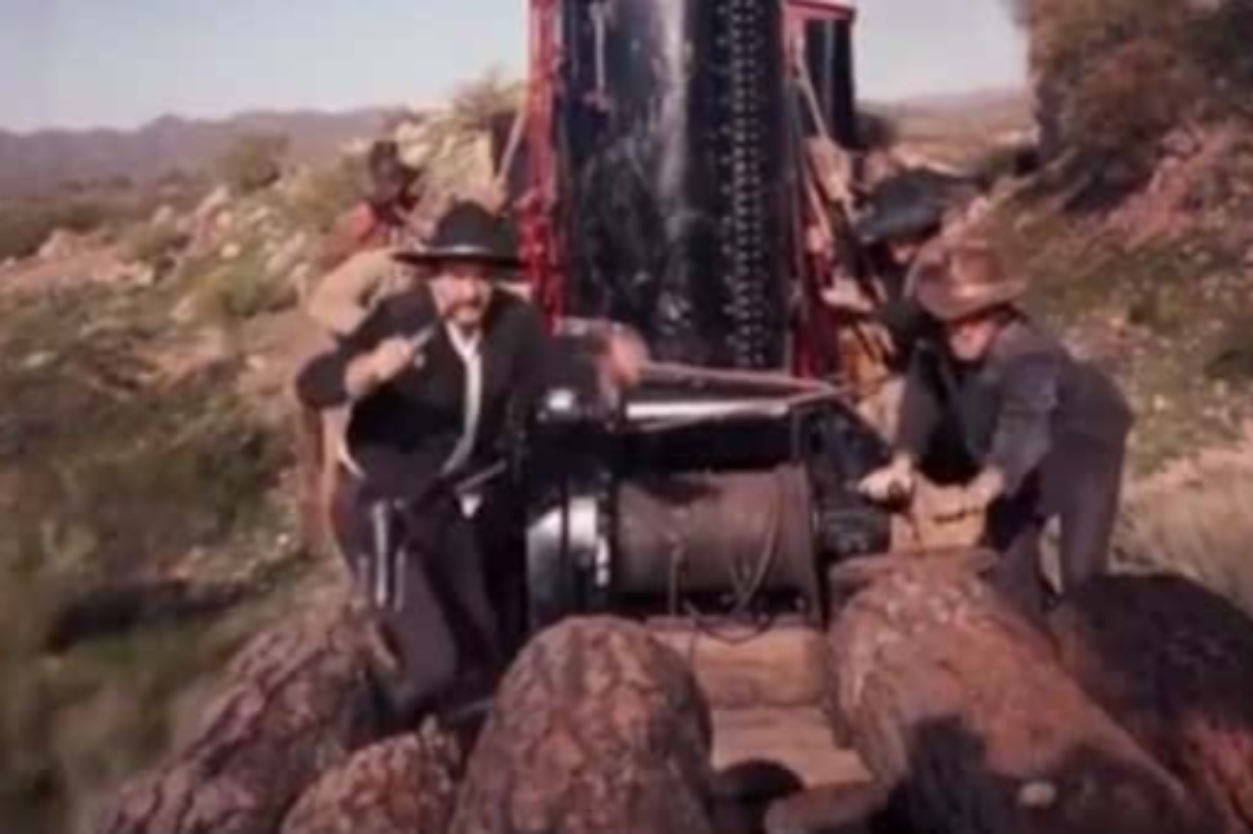 How the West Was Won, Metro-Goldwyn-Mayer
How the West Was Won, Metro-Goldwyn-Mayer
18. The Movie That Got Made Three Times
BH McCampbell’s short story “Rio Bravo” was made into a movie in 1959. Rio Bravo was then remade in 1966 as El Dorado, and again in 1970 as Rio Lobo. Suffice it to say, by 1970 the Western genre was running out of steam.
17. Spaghetti Westerns
While Westerns were falling out of fashion stateside, a generation of Italian directors began experimenting with the Western genre. These Spaghetti Westerns, as they've come to be called, borrowed imagery and plot points from American films, ratcheted up the bloodshed, and became hugely popular.
16. For a Few Dollars More
The Spaghetti Westerns also provided work for washed-up or unknown American actors. The most successful of these was Clint Eastwood, but Burt Lancaster, Burt Reynolds, Henry Fonda and scores of others appeared in Spaghetti Westerns in the late 60s and 70s.
15. Sergio Leone
Director Sergio Leone is synonymous with the Spaghetti Western. Leone is best known for the "Dollars Trilogy." The three films—A Fistful of Dollars, For A Few Dollars More, and The Good, the Bad, and the Ugly—starred Clint Eastwood, and have earned nearly $55 million since the trilogy’s completion in 1966.
14. Ennio Morricone
The iconic music of Leone’s Spaghetti Westerns was composed by Italian composer Ennio Morricone. The main theme, "The Good, the Bad, and the Ugly" actually made it to number four on the Billboard pop charts in 1968.
13. Red Westerns
“Red Westerns,” made in the Soviet Union, depicted noble Native Americans defending their land against intruding white settlers. The Westerns made by studios like DEFA were some of Joseph Stalin’s favorite films.
12. The Chief
Among the biggest stars of the Red Westerns was Gojko Mitić, a Serbian actor who was often cast as a heroic Native American chief. While visiting the United States in the 1990s, he was made an honorary Sioux Chief in recognition of his positive portrayals of Native Americans.
11. John Wayne’s Last Ride
John Wayne’s 50-year career came to an end in 1976. In his final film, The Shootist, he plays an ageing gunfighter dying of cancer. Wayne himself succumbed to the disease three years later.
10. Genre Explosion
While the classic Western fell out of favor in the 1960s and 70s, directors still turned to the Western as a genre exercise. This led to an explosion of Western subgenres, like the Space Western (think Star Wars) and the Acid Western, a surreal, psychedelic take on Spaghetti Westerns.
9. Westerns Ride Again
While the Westerns’ heyday ended in the early 1960s, filmmakers continued to revisit the genre over the next few decades. In the last decade, Hollywood has produced remakes of 3:10 to Yuma, True Grit and The Magnificent 7, to name a few.
8. No Thanks to the Academy
Despite the enduring popularity of Westerns—and the sheer number of Westerns made—only four Westerns have ever won the Oscar for Best Picture. Three of them were made after 1990.
7. What Goes Around, Comes Around
Seeing the success of films like Once Upon a Time in the West, American films began borrowing from the Spaghetti Westerns. Hang ‘Em High and High Plains Drifter, two films starring and produced by Clint Eastwood, both took major cues from the Dollars Trilogy.
6. Generation Gap
John Wayne was offered the lead role in High Plains Drifter but turned it down. He detested the moral ambivalence of the film, and wrote a letter scolding Eastwood which read “That isn’t what the West was about.”
5. The Singin’ Cowboys
The most popular early Westerns were “Singing Cowboy” movies, featuring the likes of Gene Autry and Roy Rogers. They’d round up cattle rustlers, then sing a song about it. In some of John Wayne's earlier roles even he appeared as "Singin’ Sandy Saunders;" Wayne had a terrible voice, and his songs were dubbed in by the director’s son.
4. Number One With a Slug
John Wayne’s character in The Searchers has a catchphrase: “That’ll be the day.” In 1956, an aspiring songwriter named Buddy Holly saw the movie. “That’ll Be the Day” became his first hit, reaching number one on the Billboard charts.
3. Cowboys and Samurais
Americans did not shy away from foreign influence when it came to their Westerns either. Not only were Spaghetti Westerns popular, but films by Japanese director Akira Kurosawa also provided new material. The Magnificent 7, for one example, was based on Kurosawa’s Seven Samurai, while A Fistful of Dollars openly plagiarized the film Yojimbo.
2. Going to California
It wasn’t until 1910, when pioneer filmmaker DW Griffiths directed In Old California, that a Western movie was made in anything approximating an actual Western setting. It was the first film ever shot in the little, unknown town of Hollywood, California.
1. No Laughing Matter
The highest-grossing Western of the 1970s was Mel Brooks's Western parody Blazing Saddles.
Sources: 1, 2, 3, 4, 5, 6, 7, 8, 9, 10, 11, 12, 13, 14, 15, 16, 17, 18, 19, 20, 21, 22, 23, 24, 25, 26, 27, 28, 29, 30, 31

